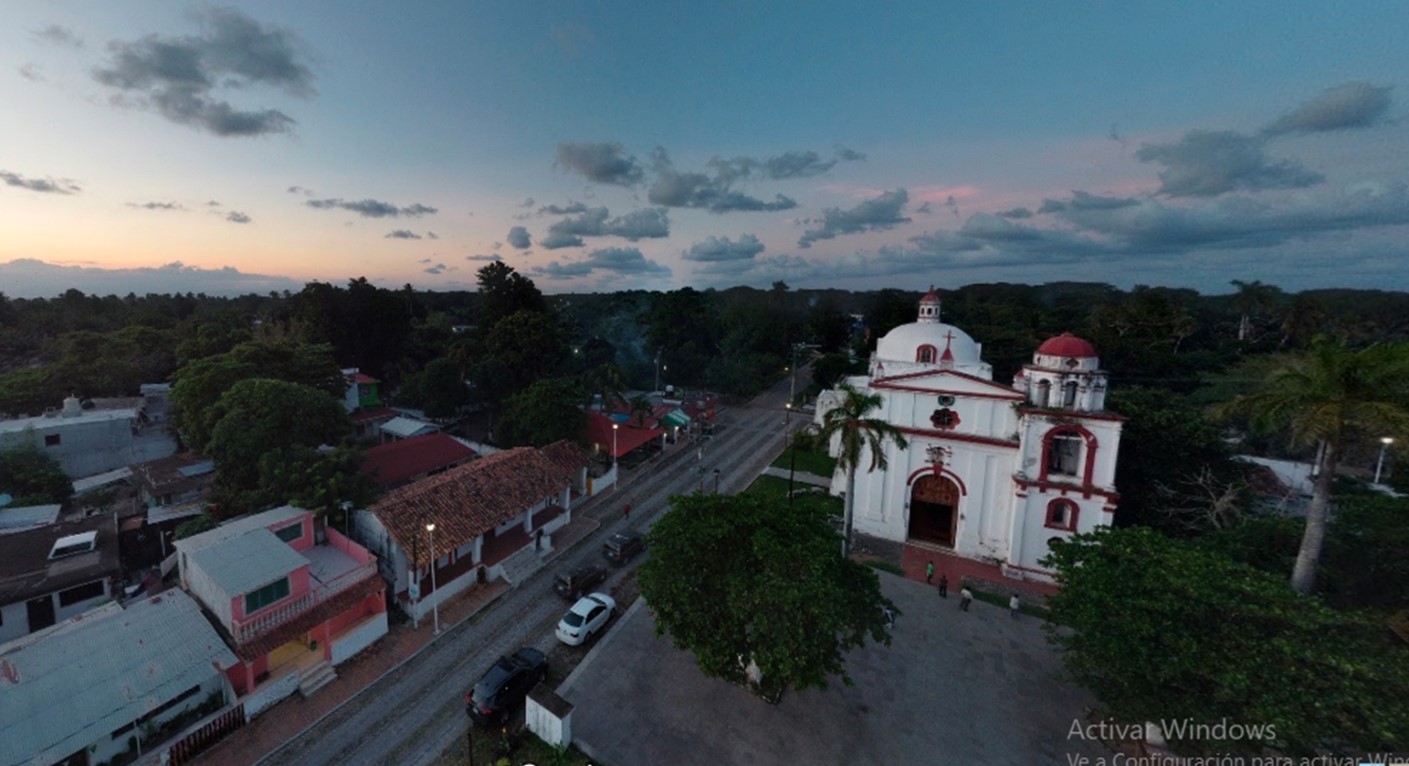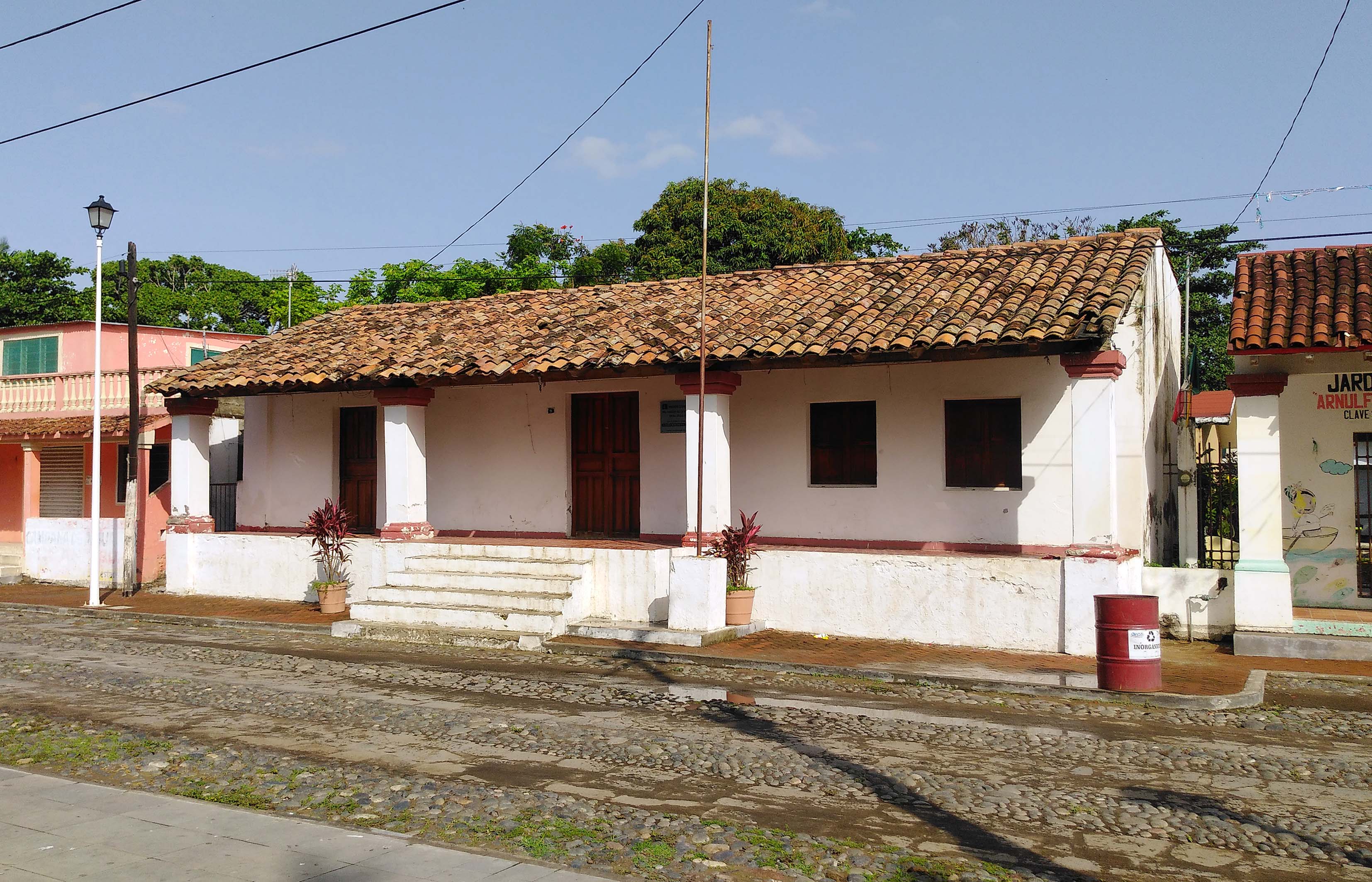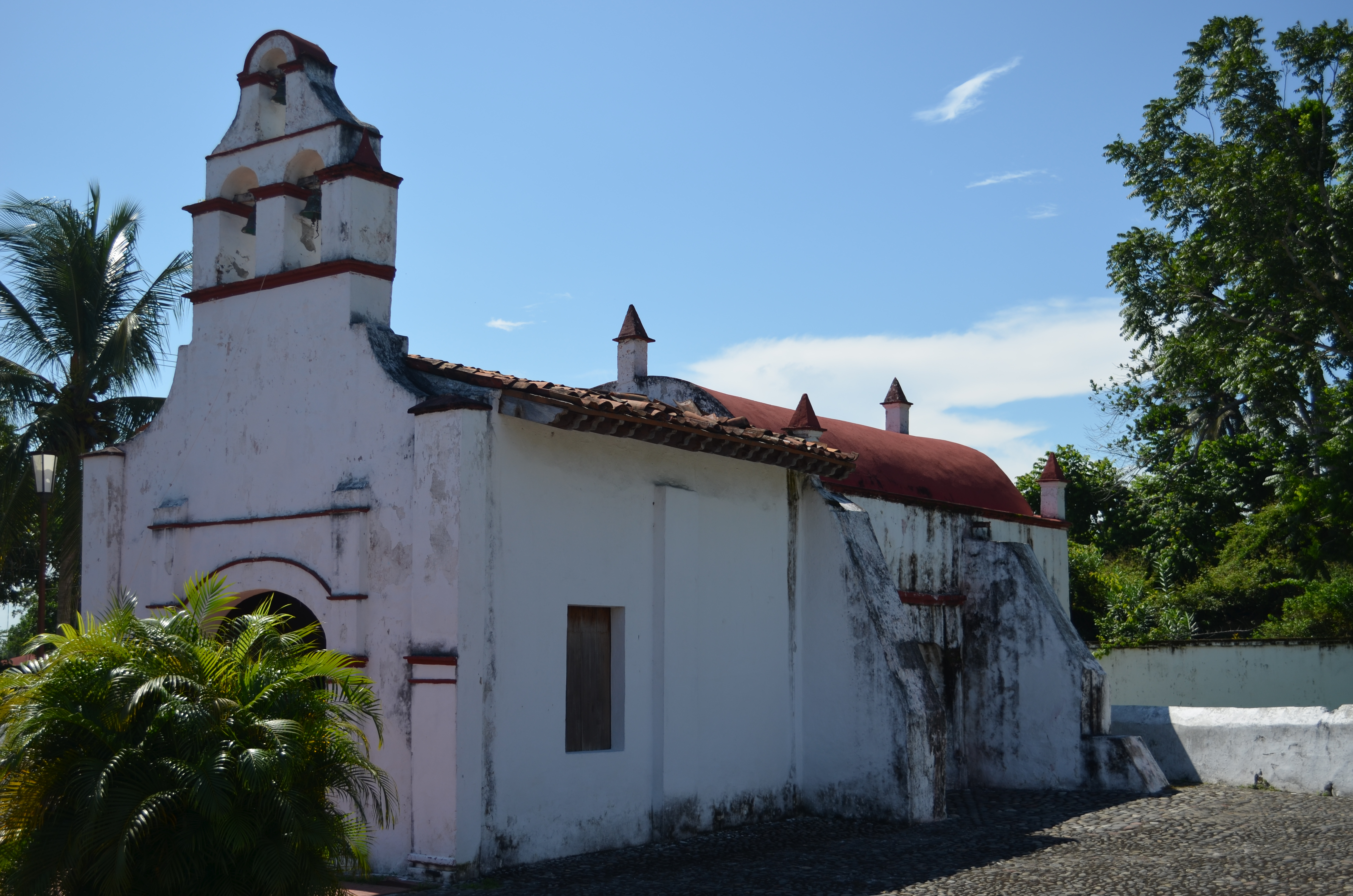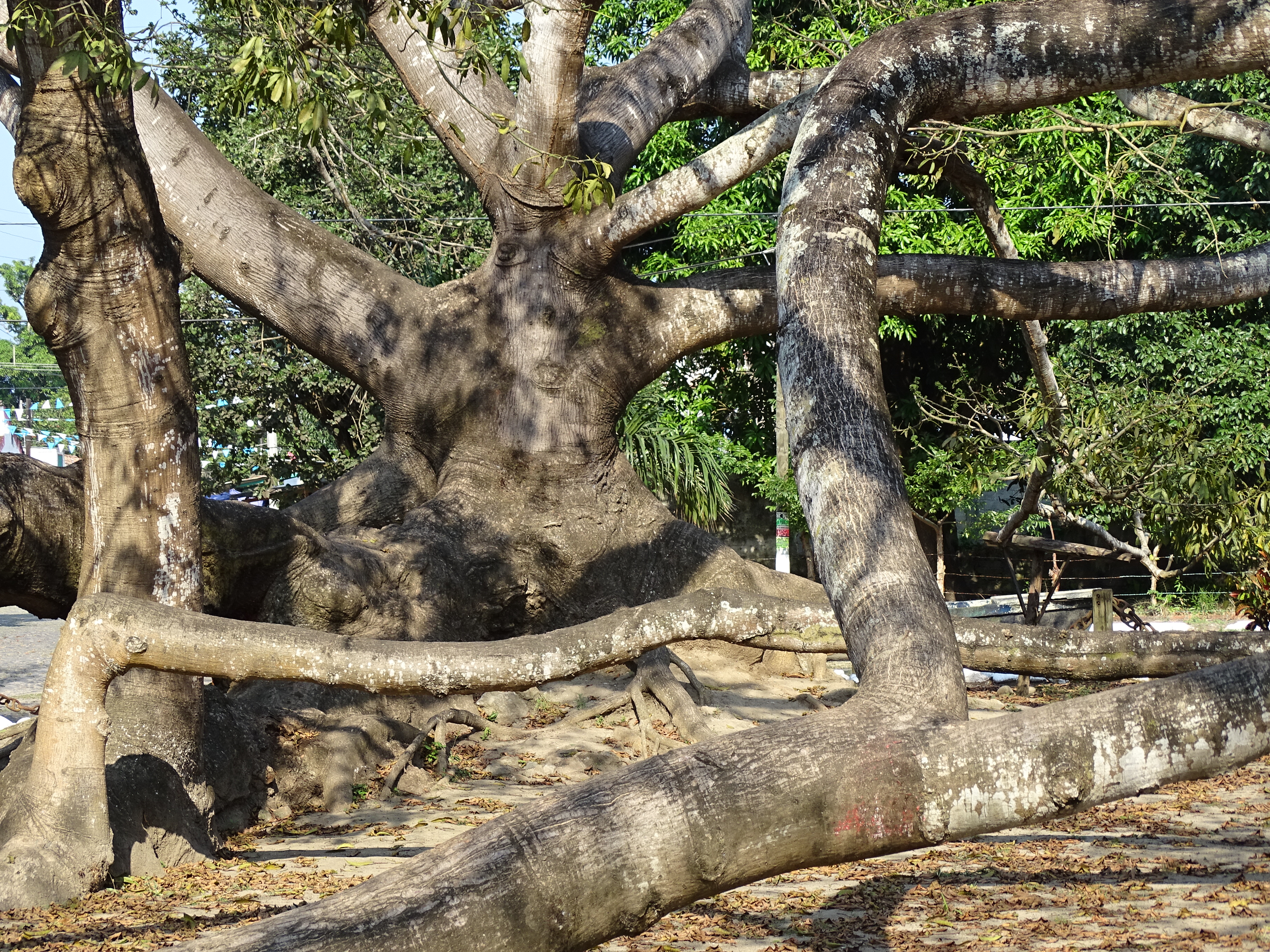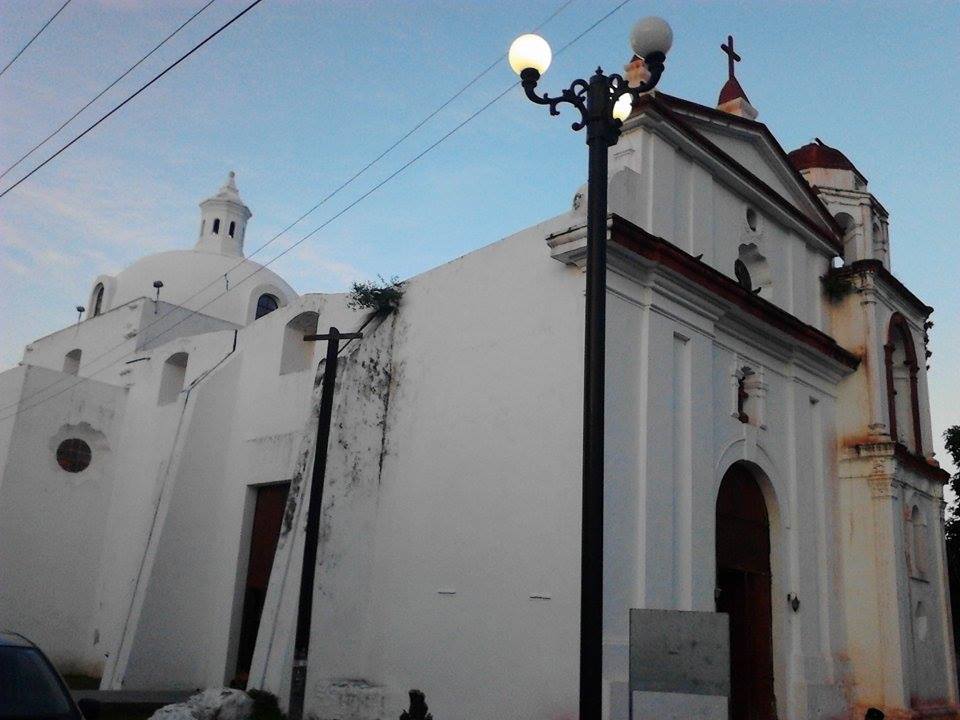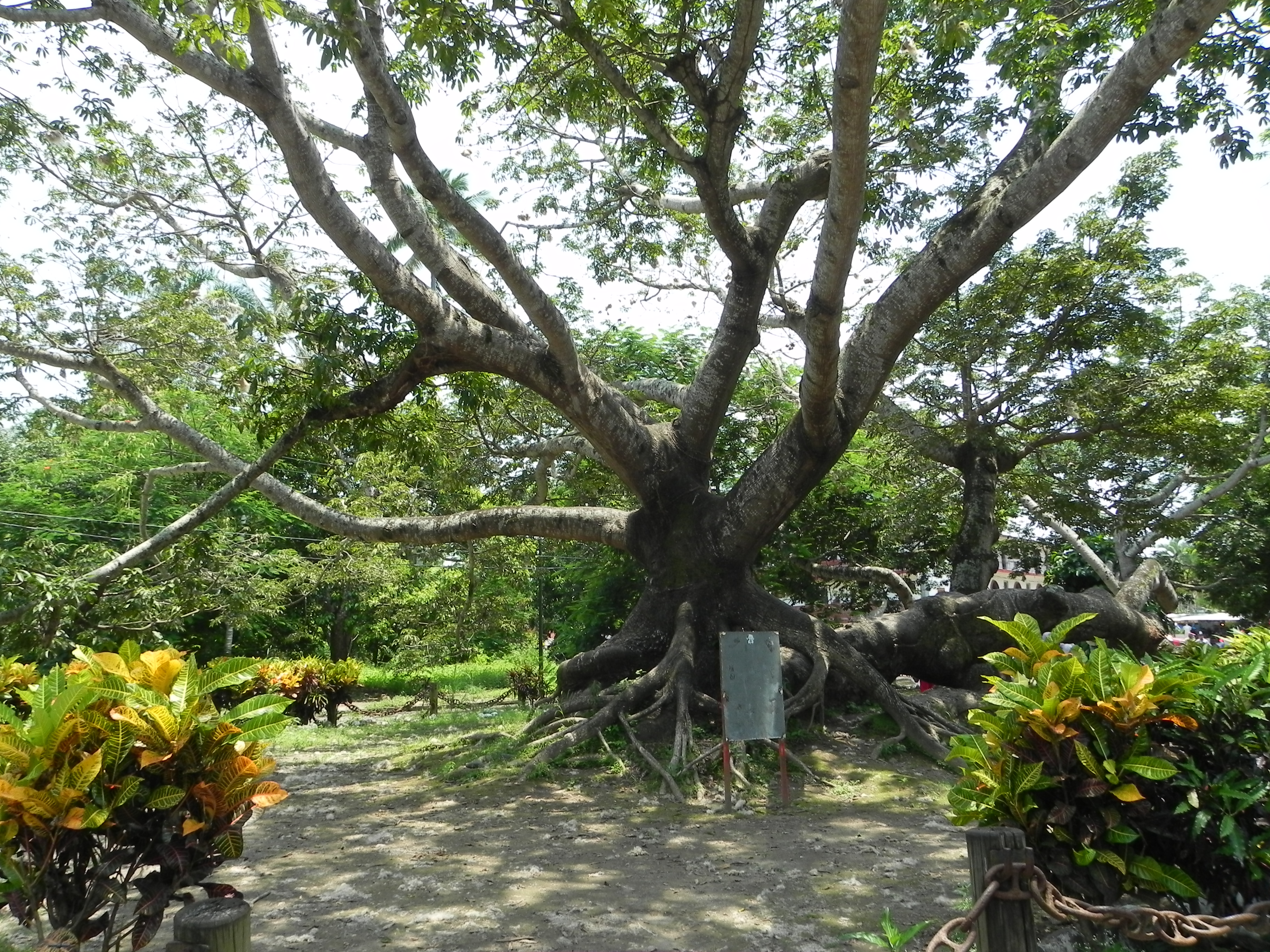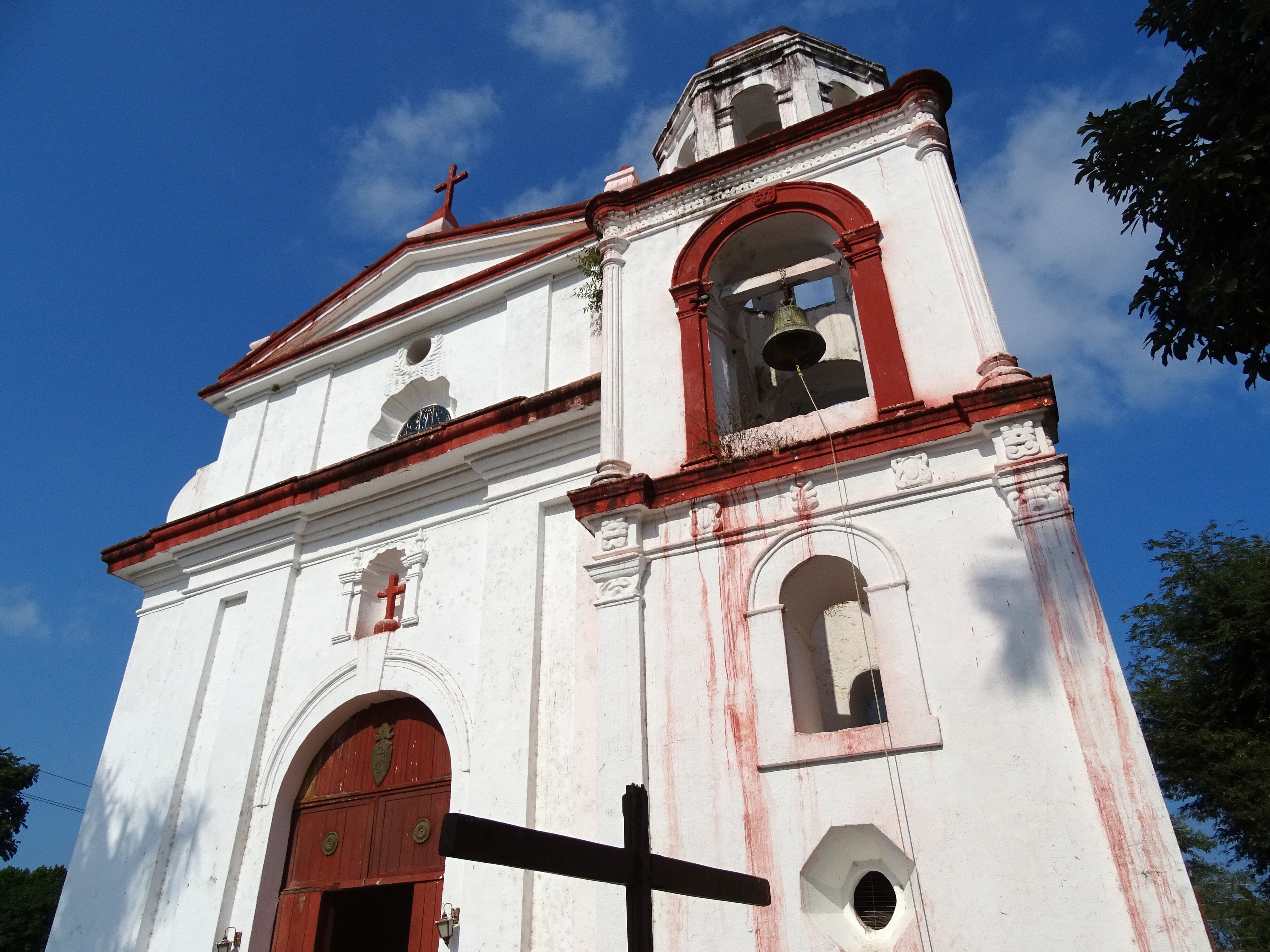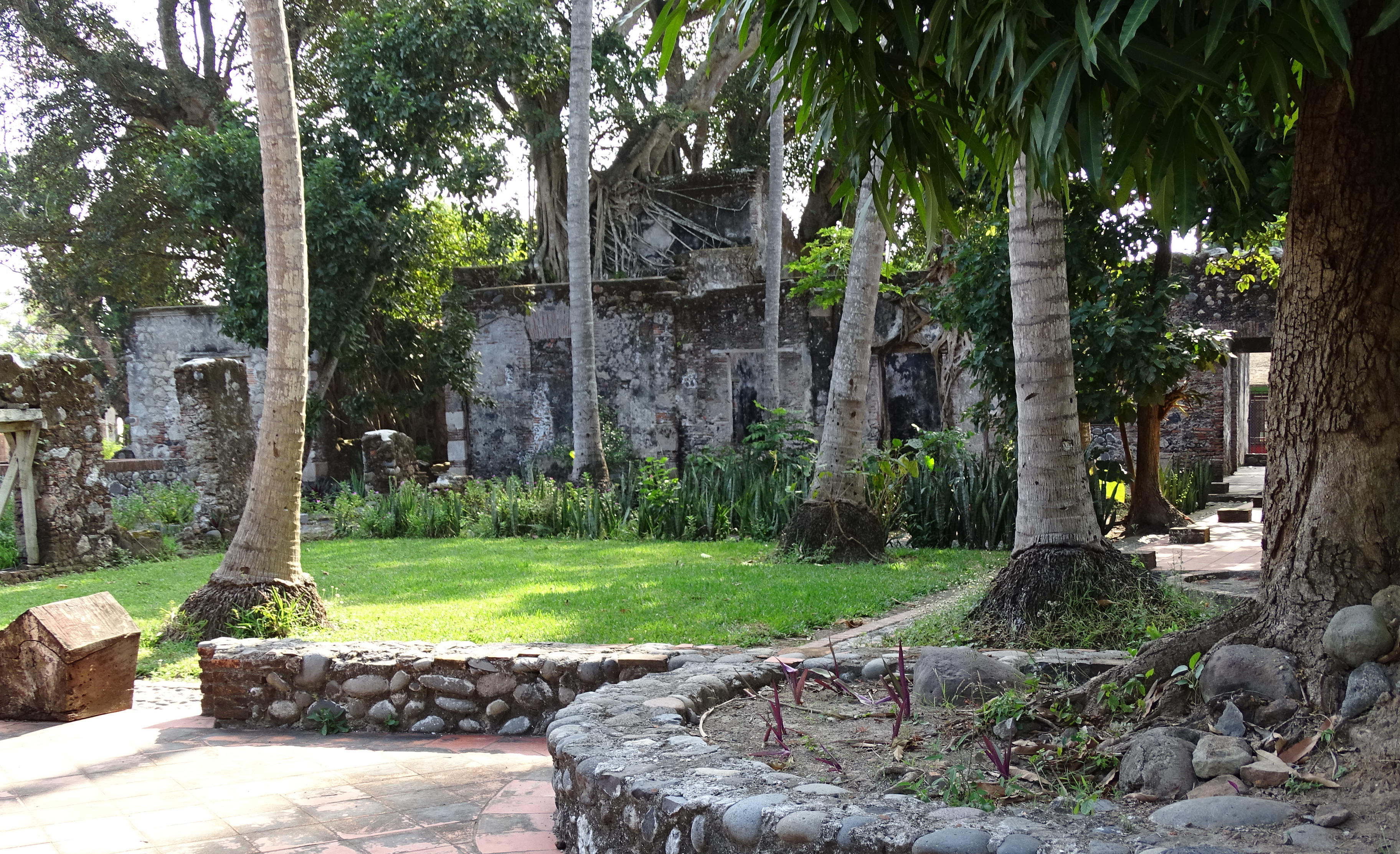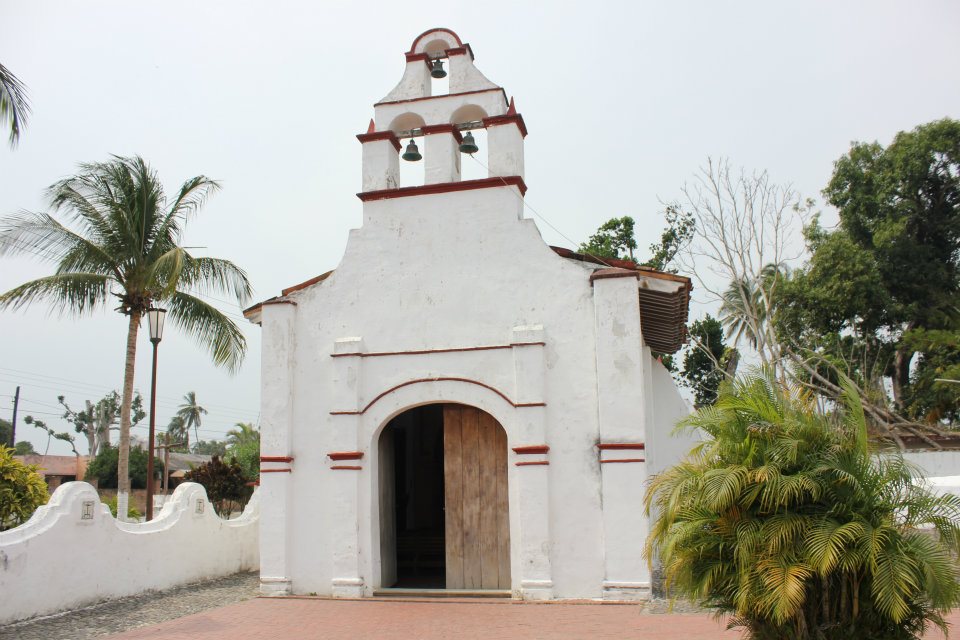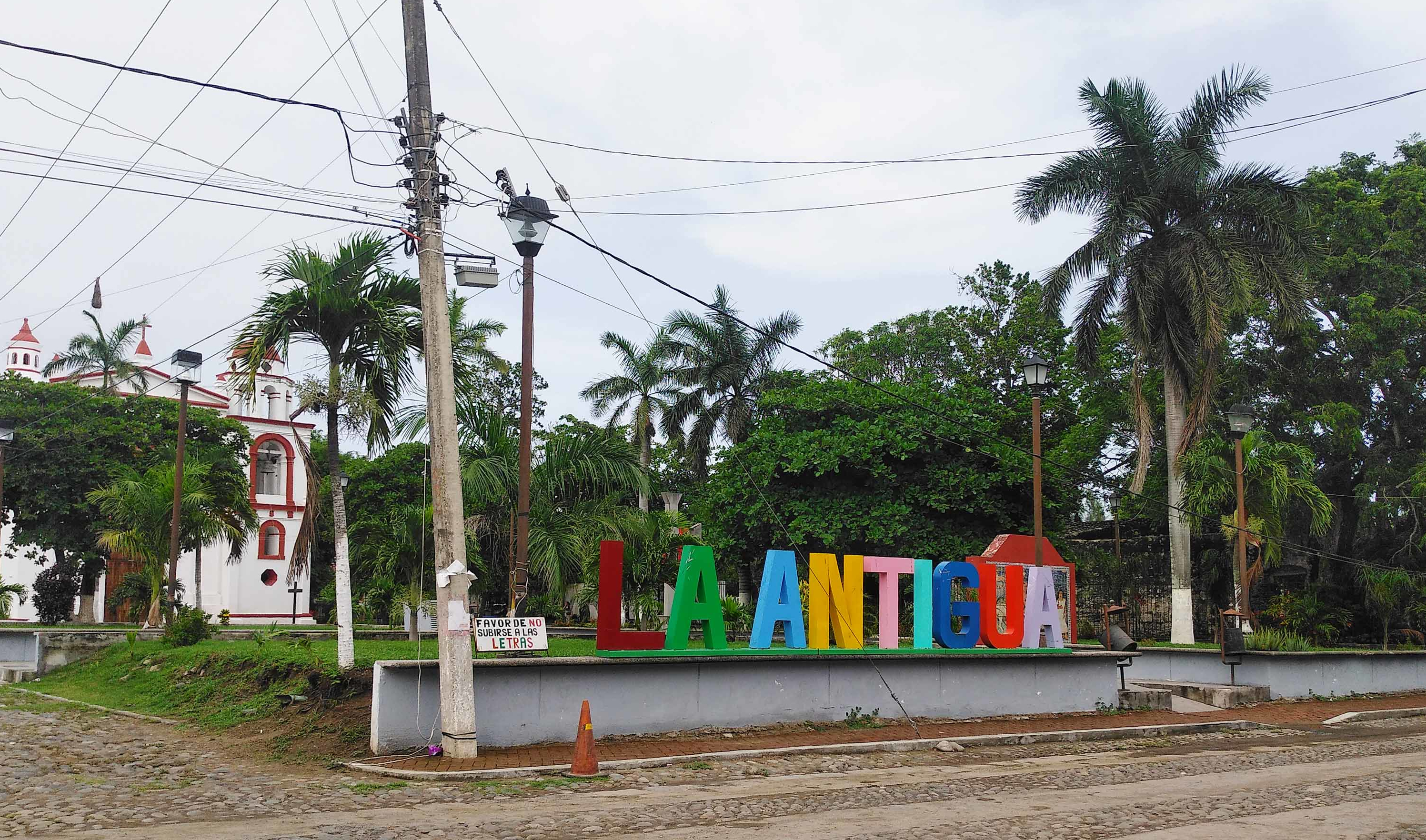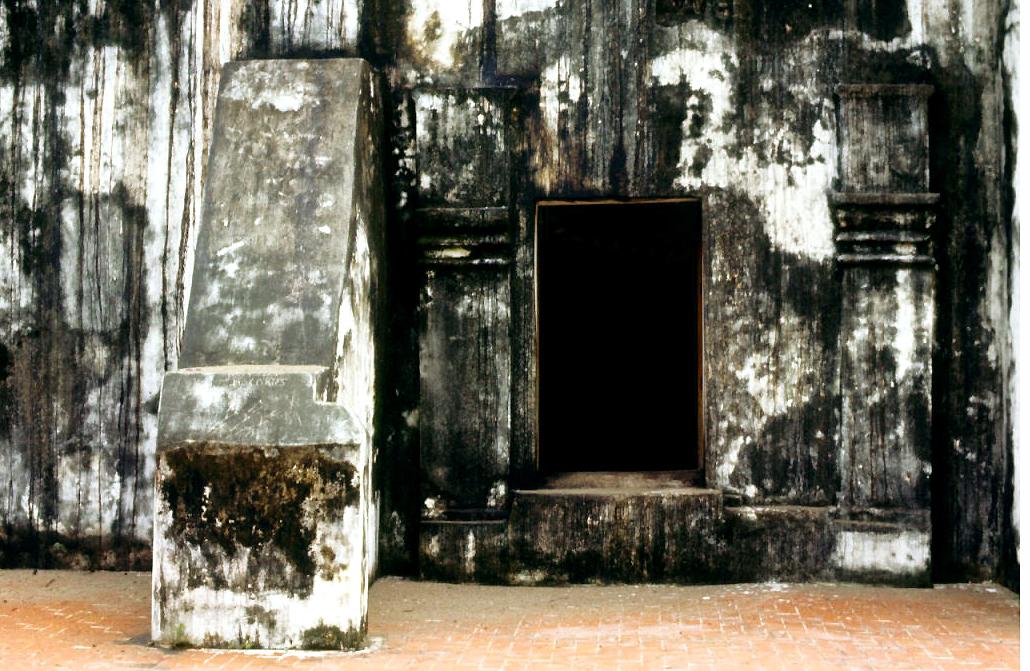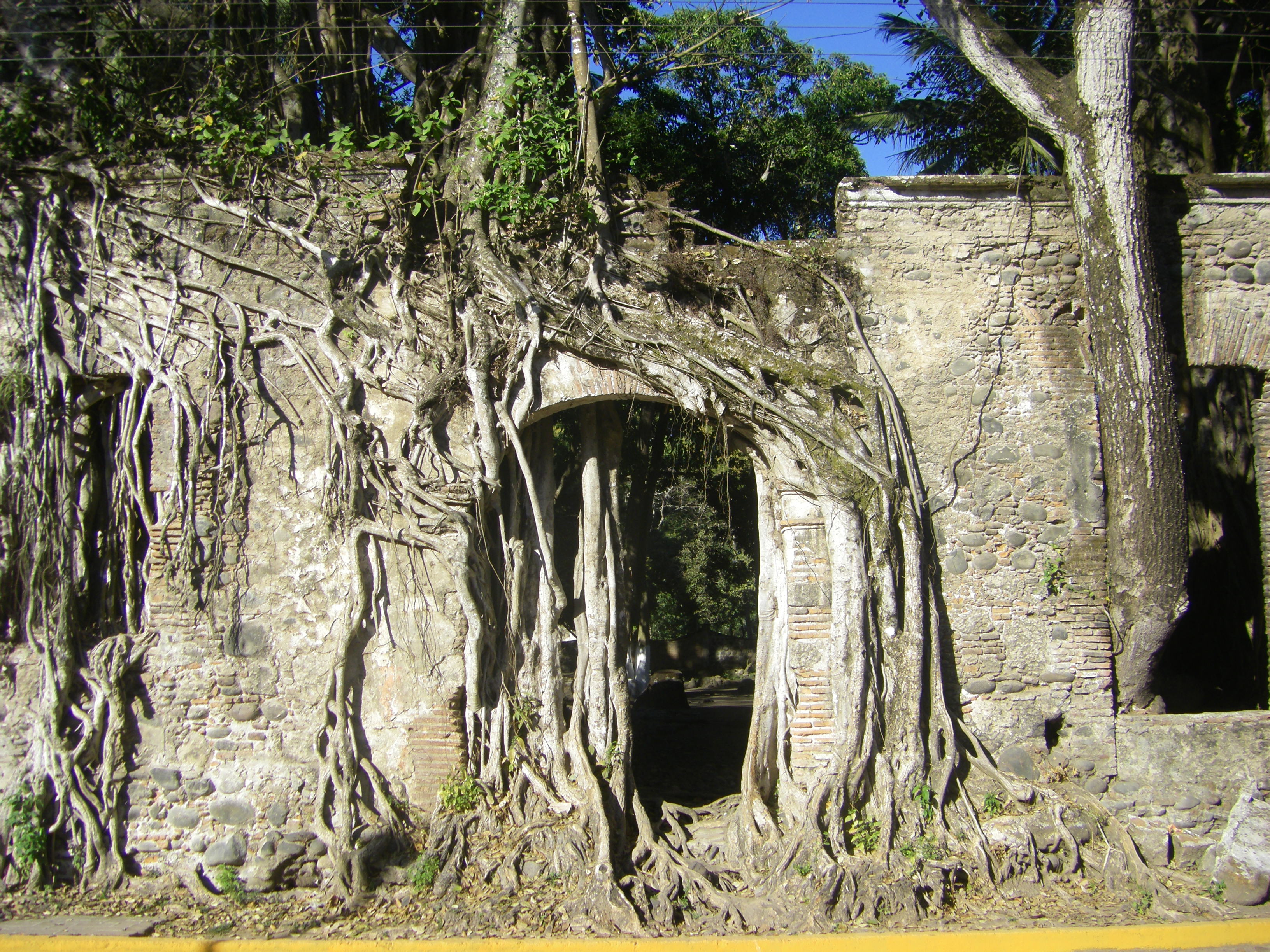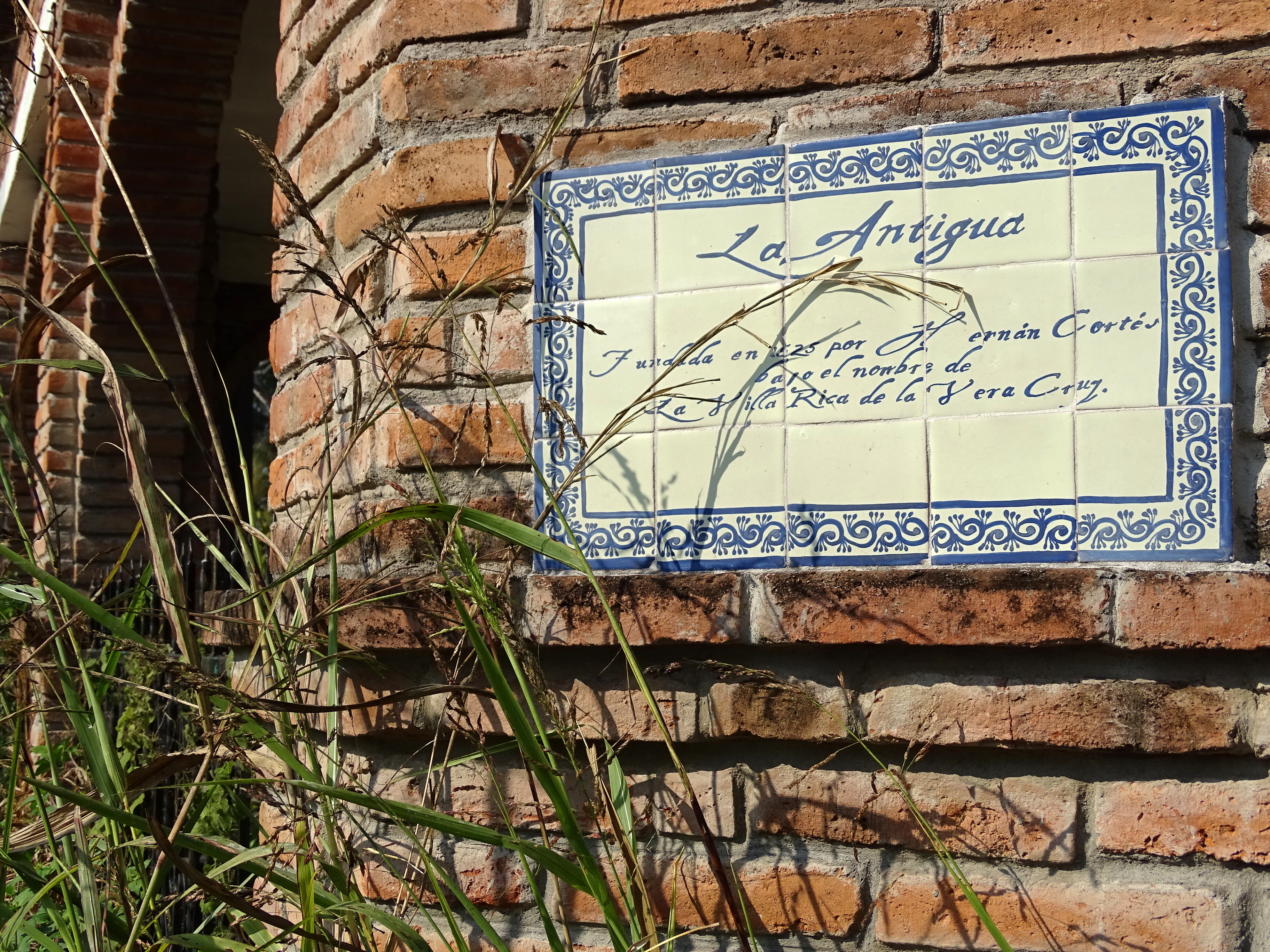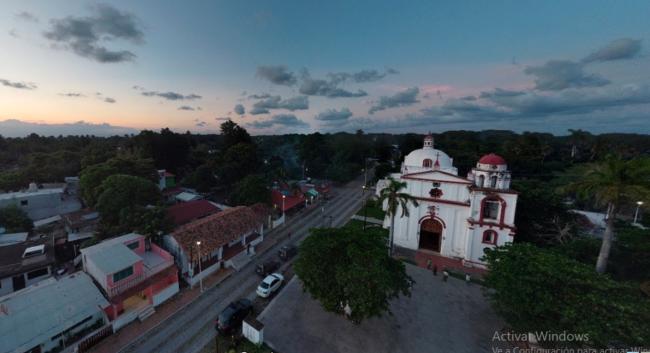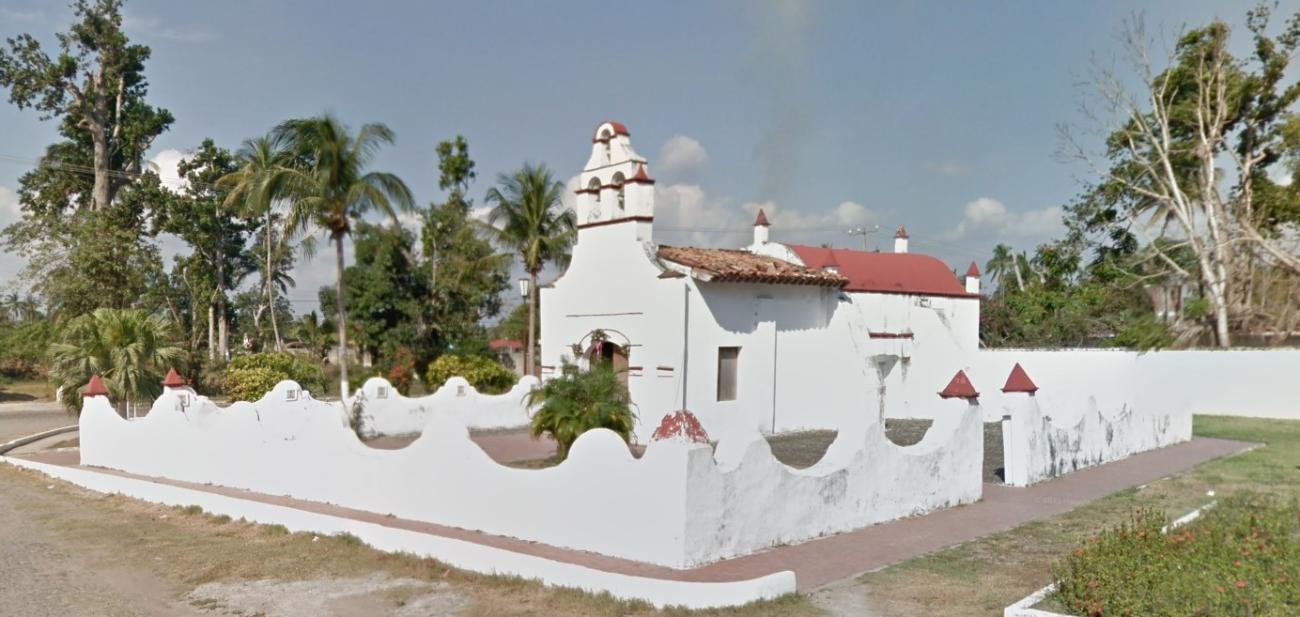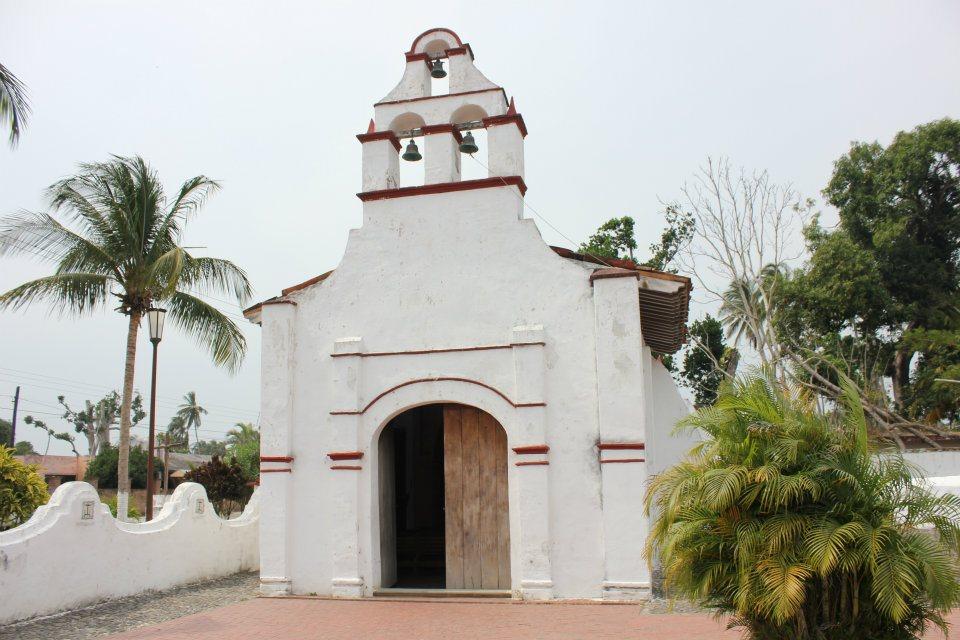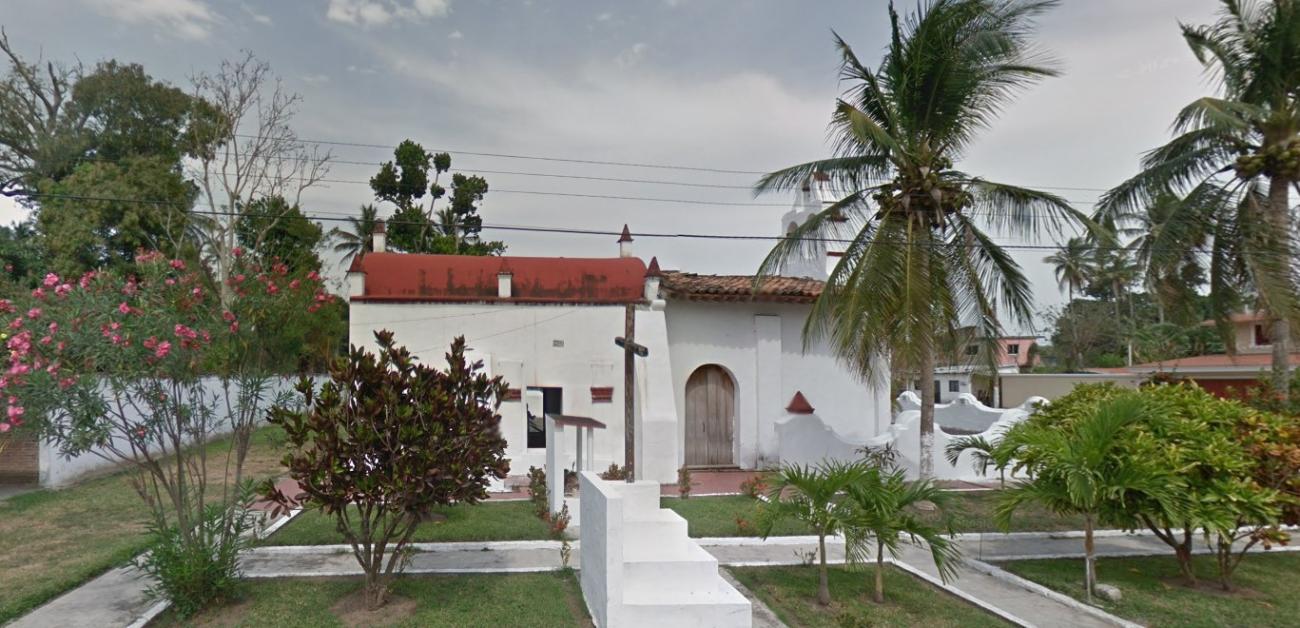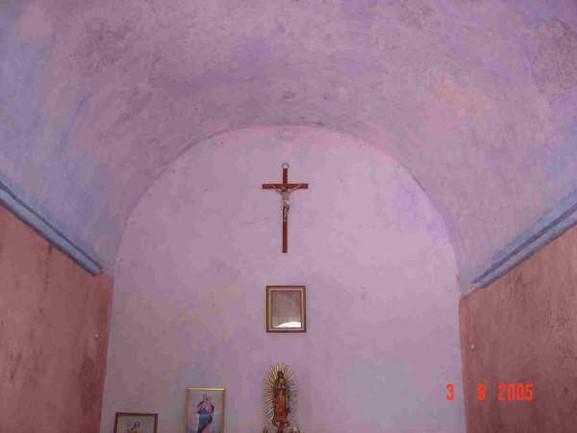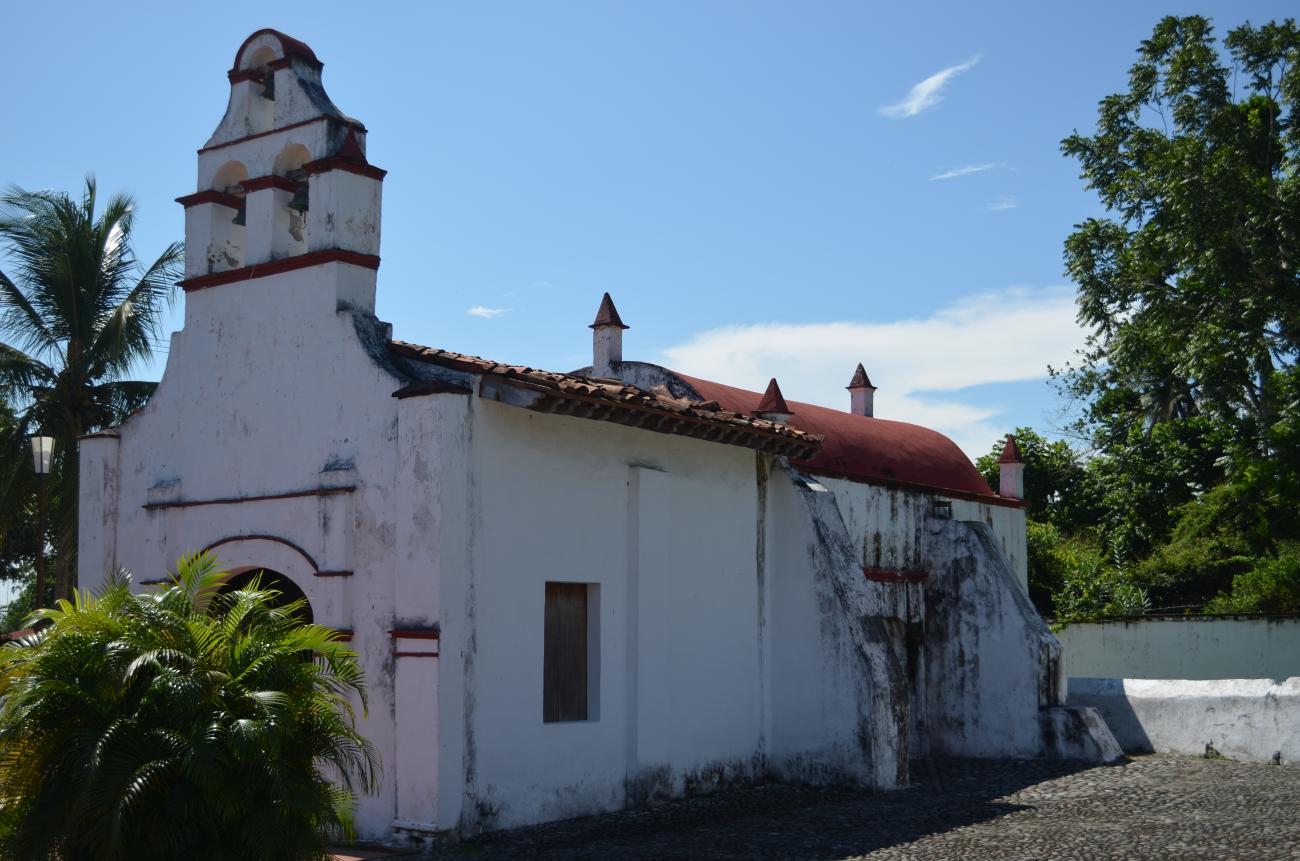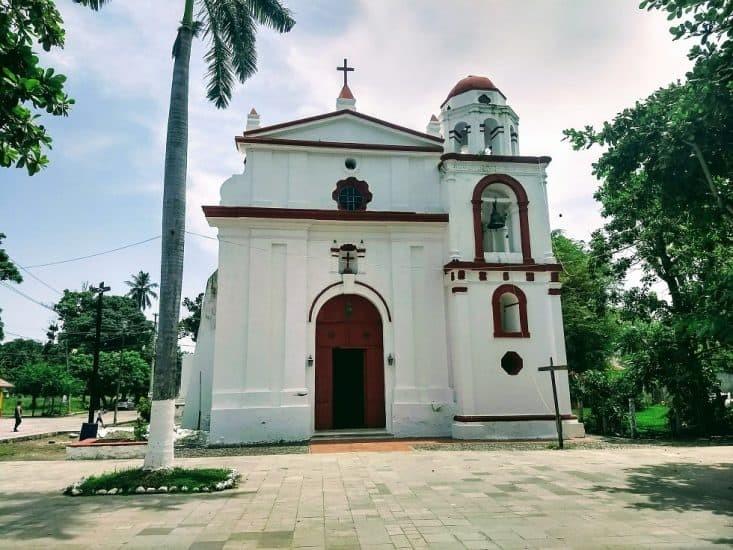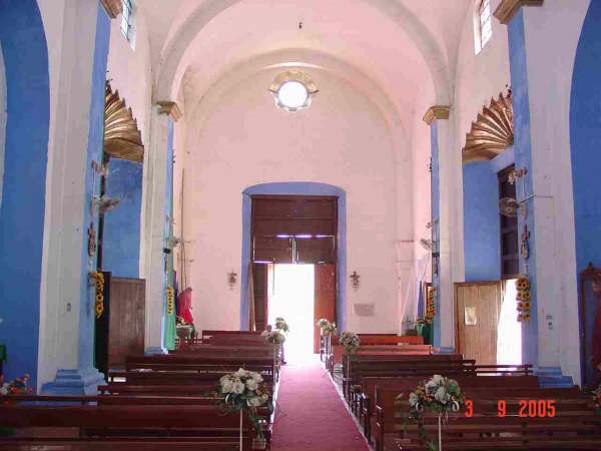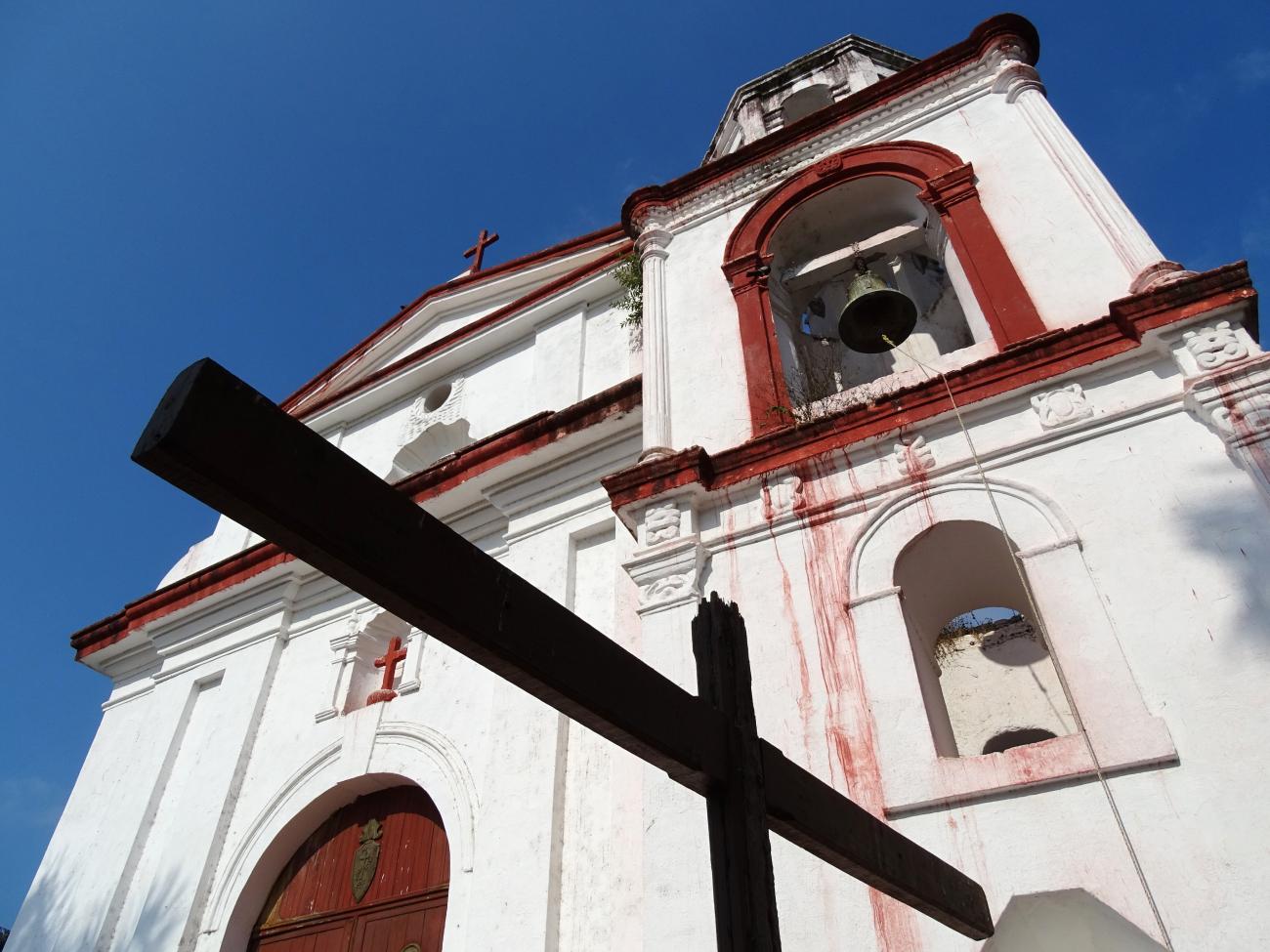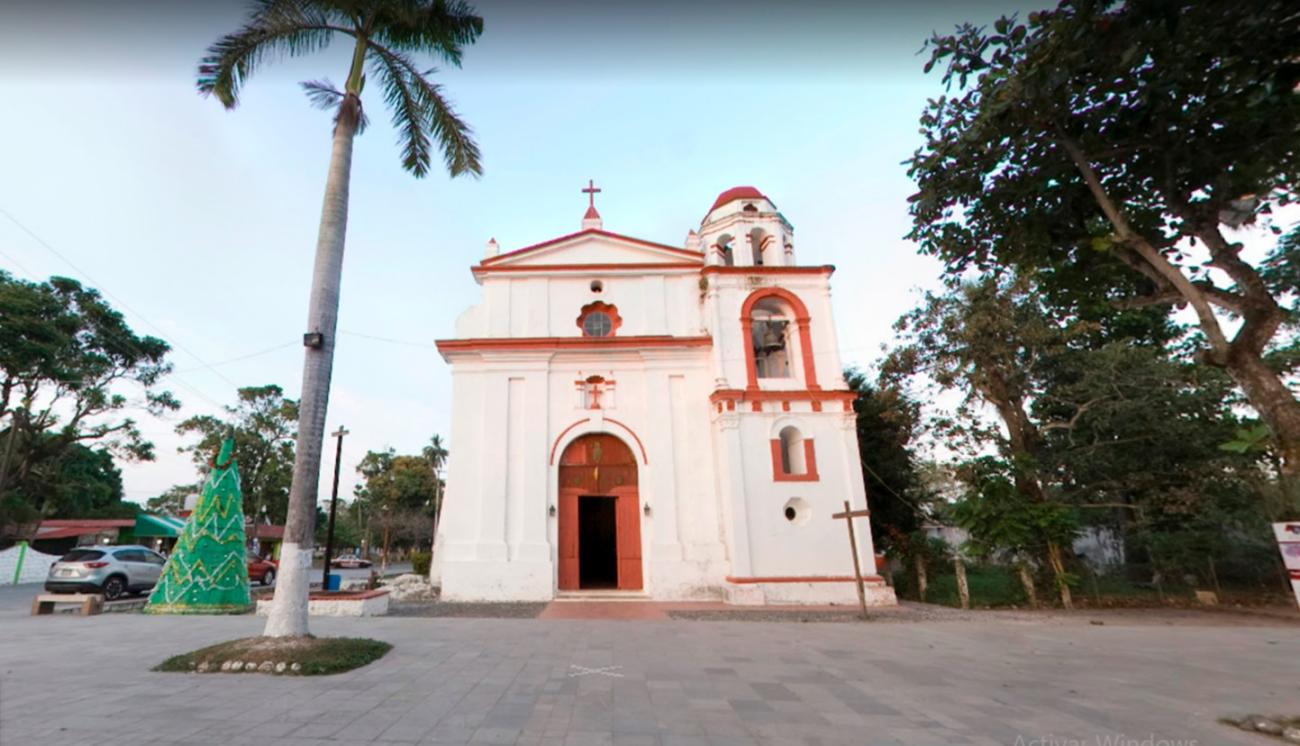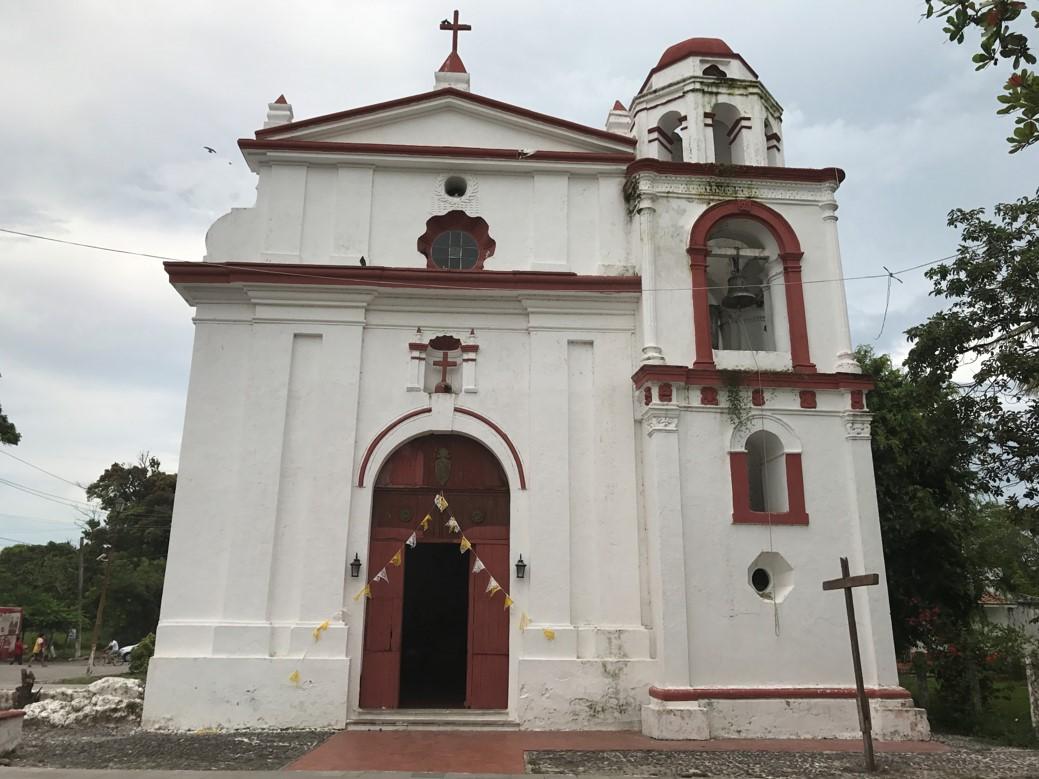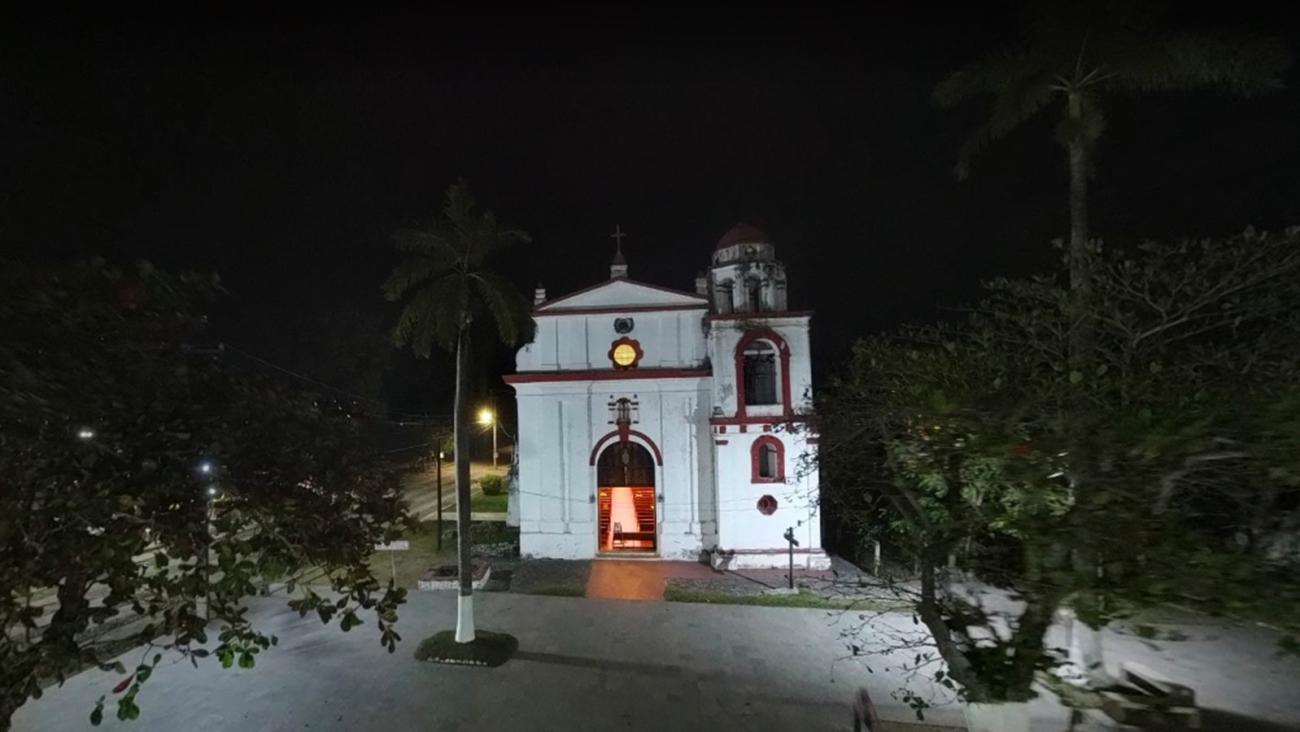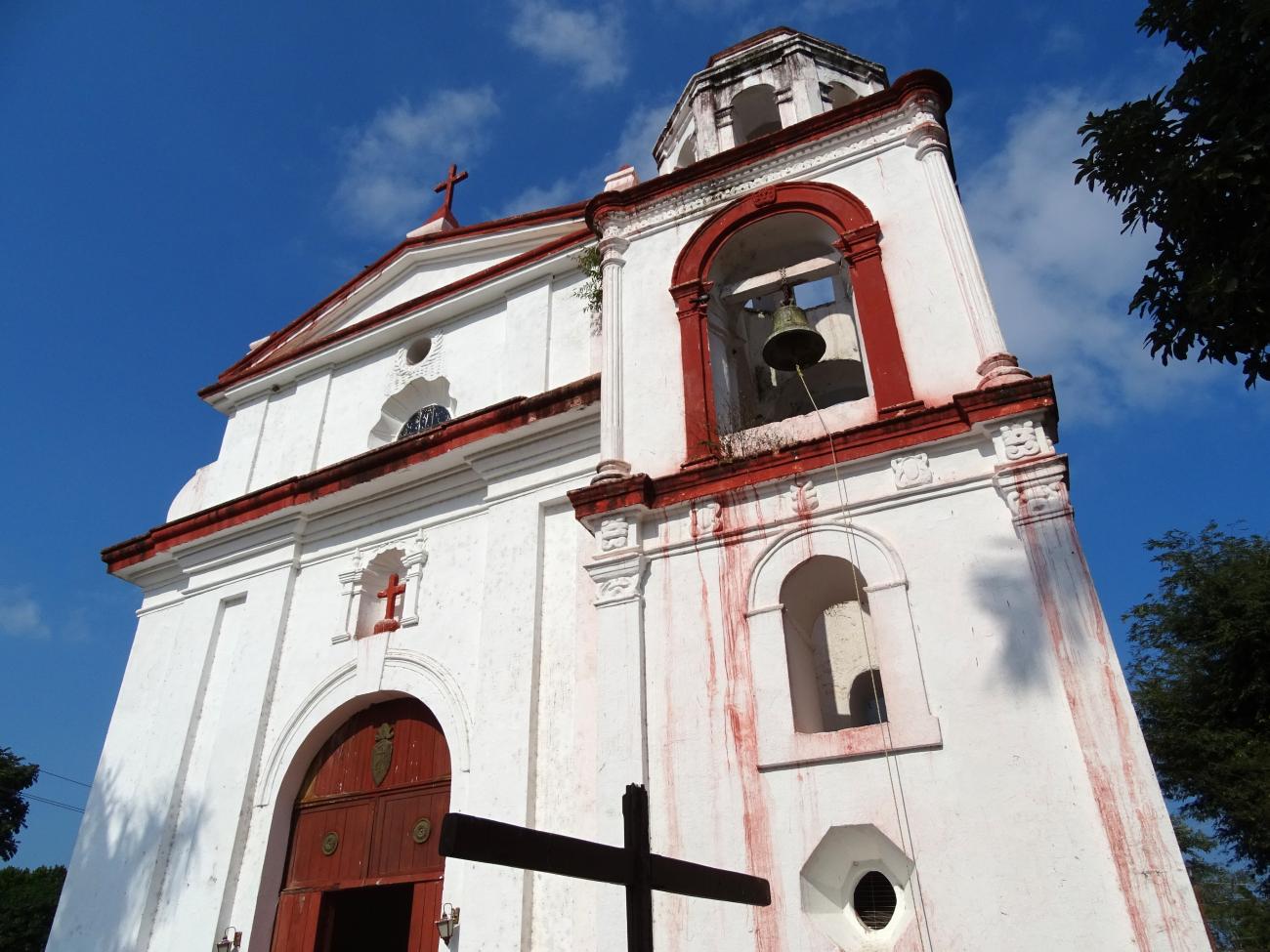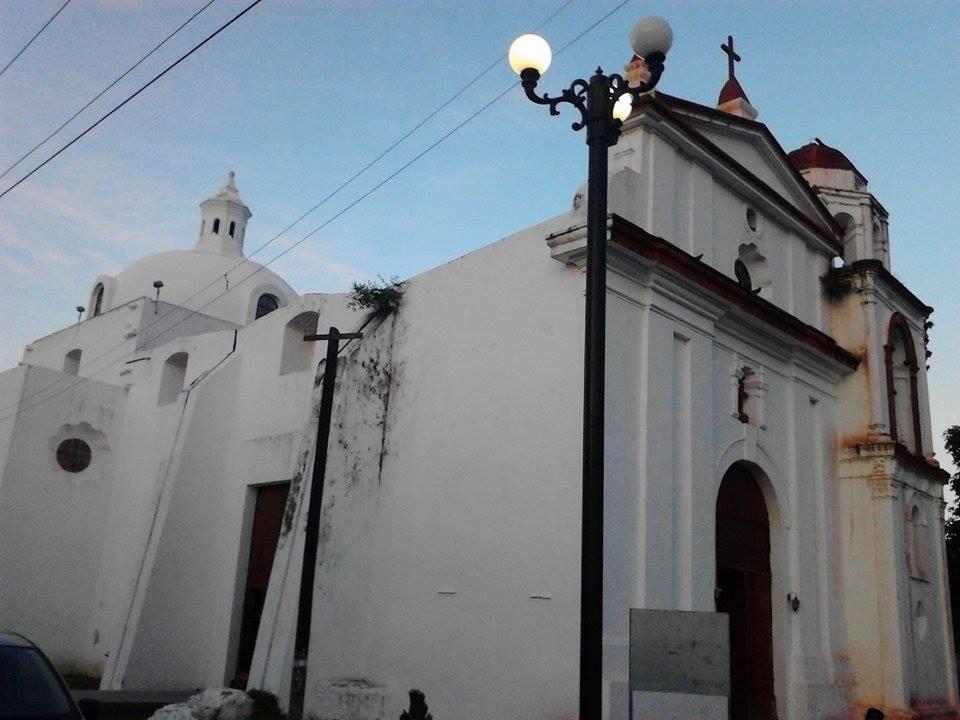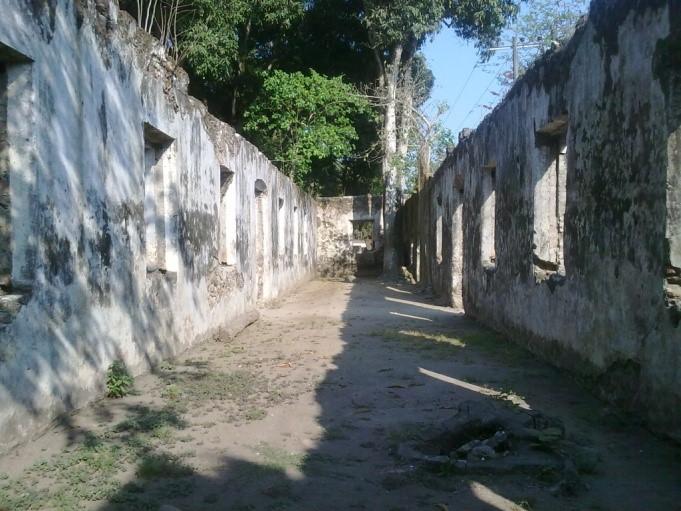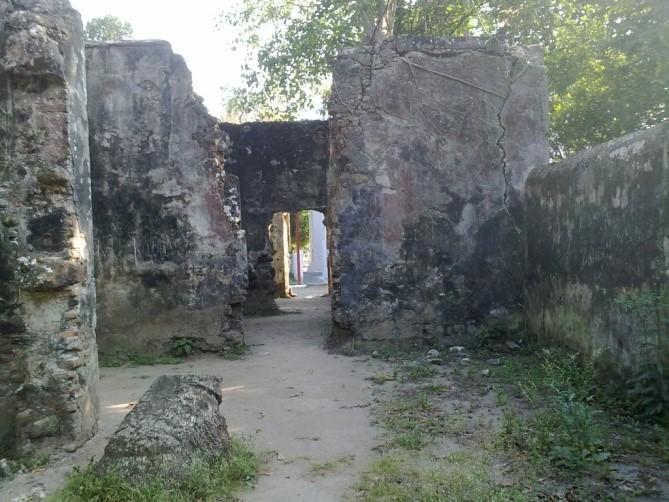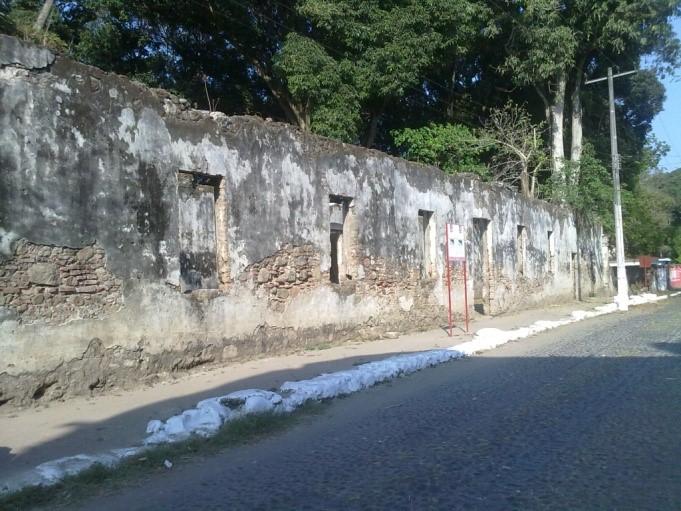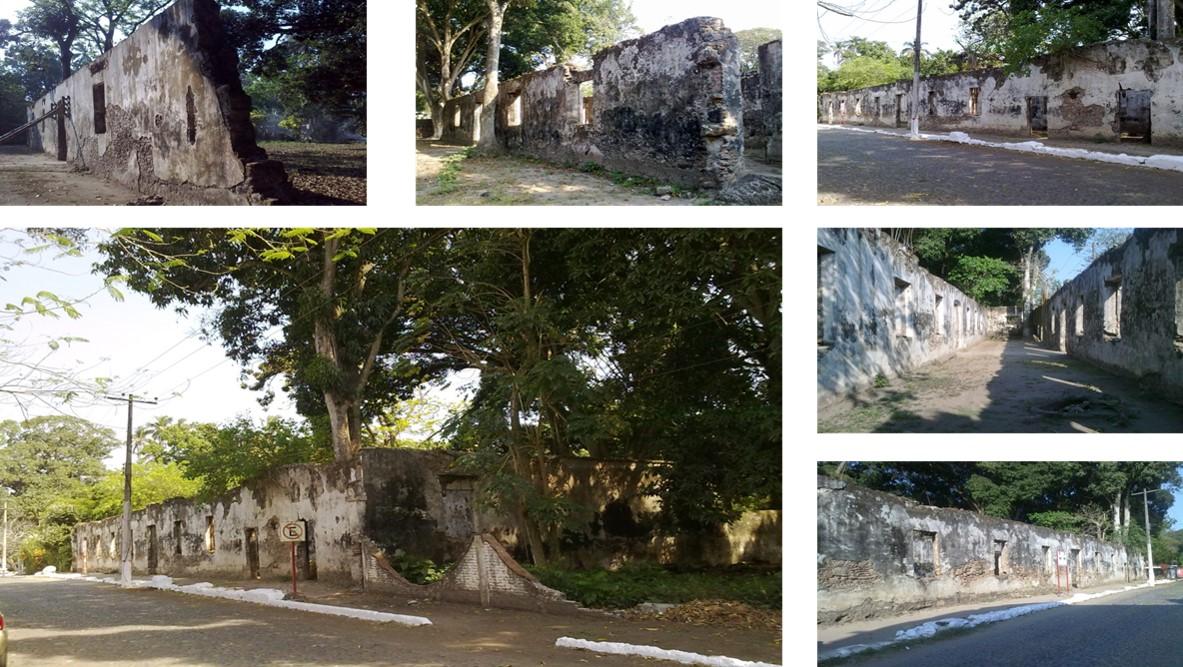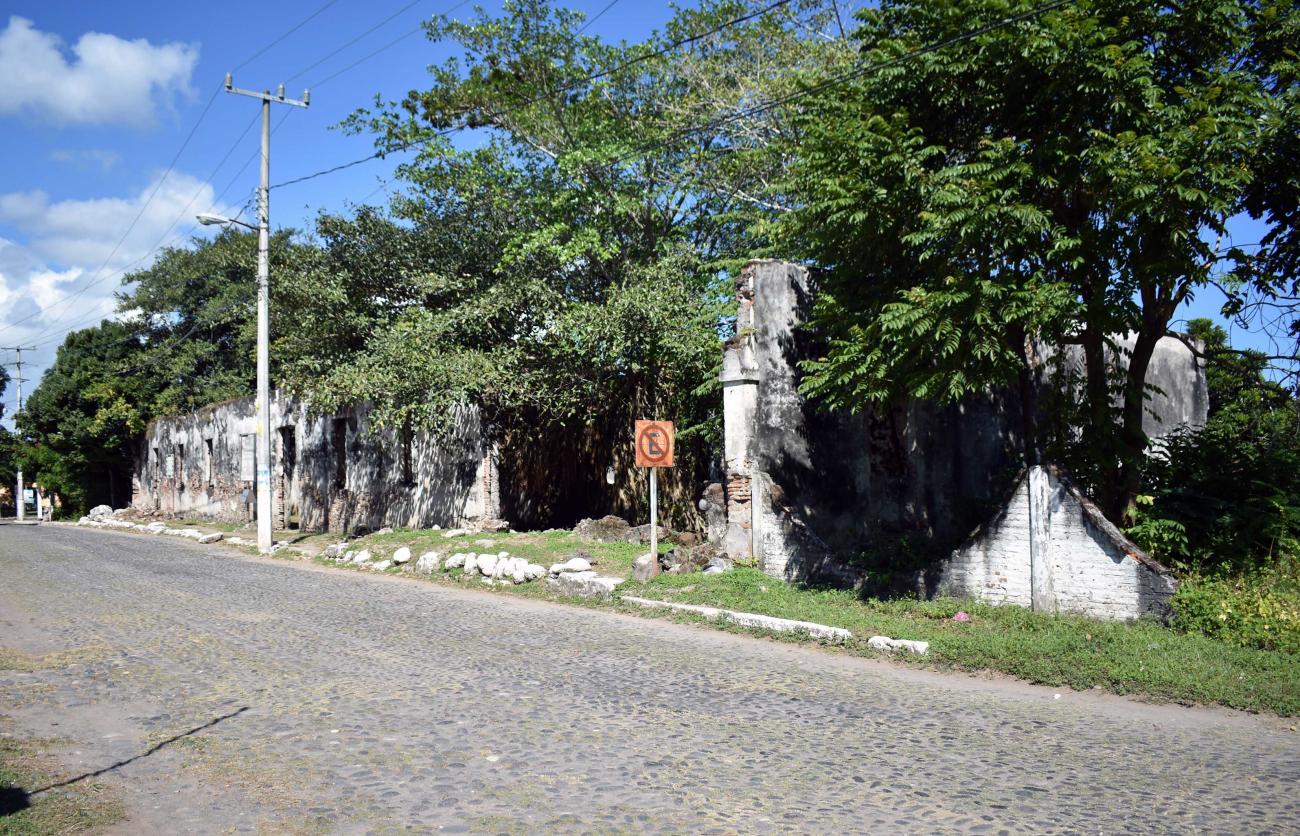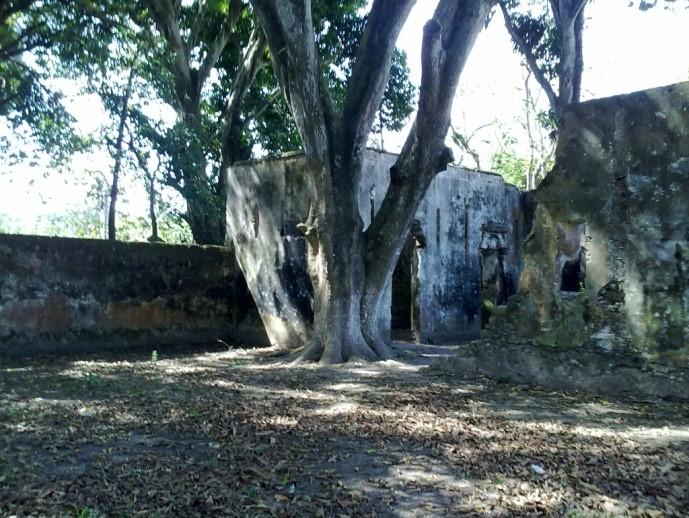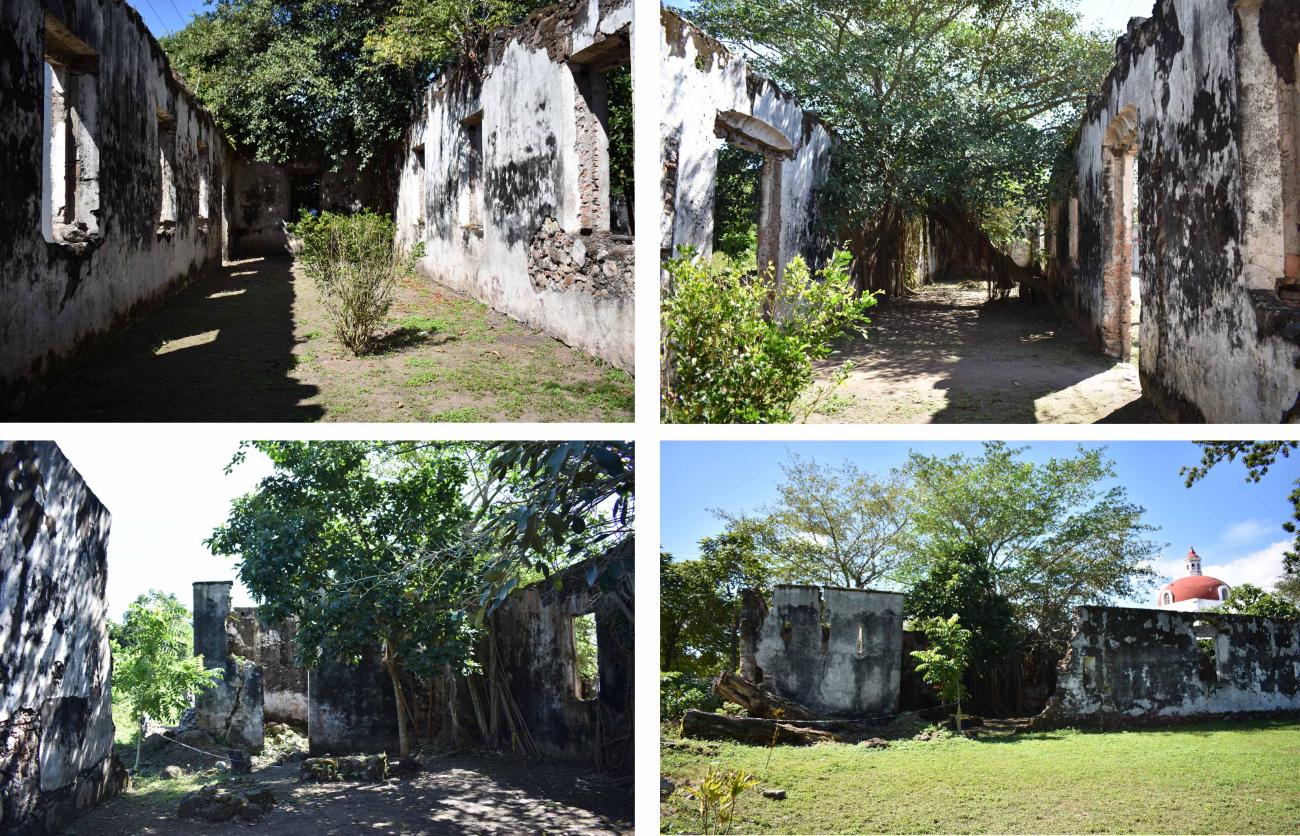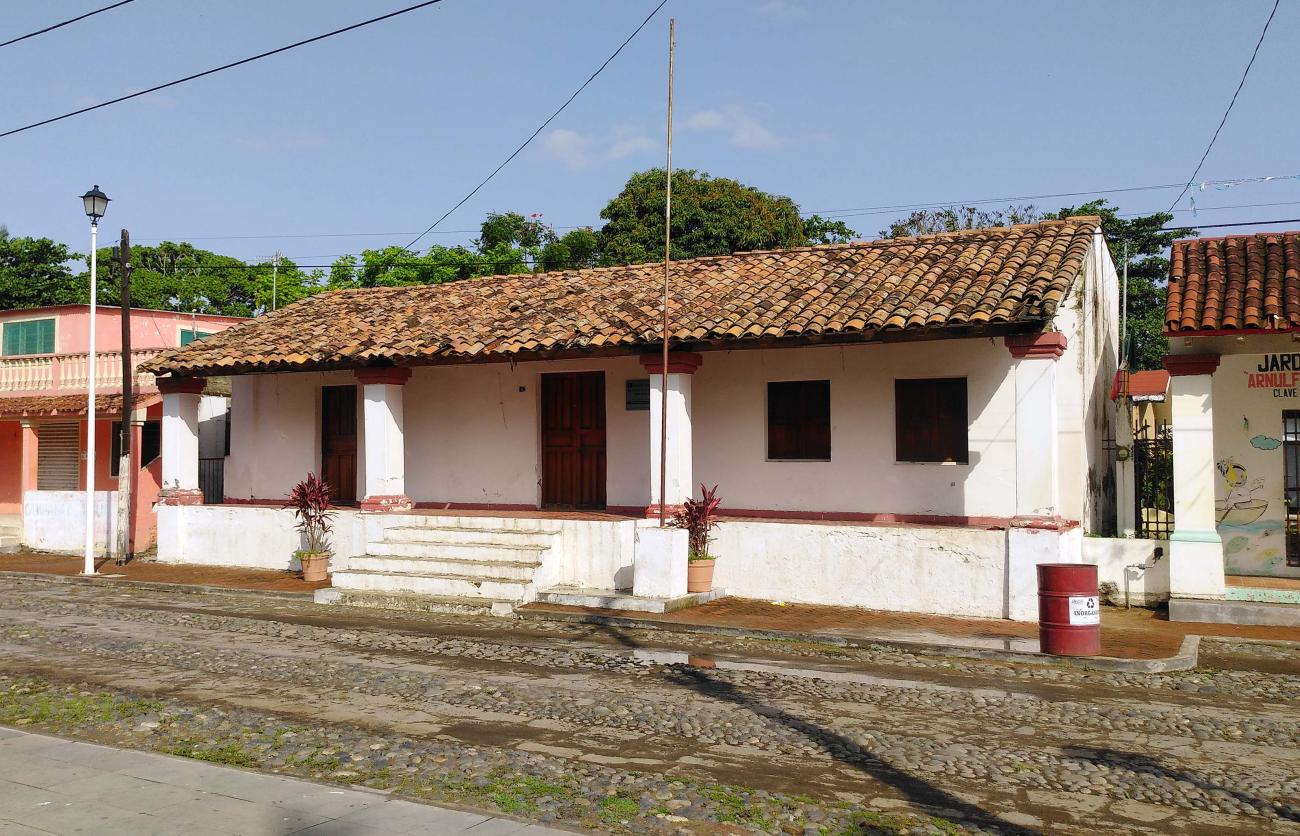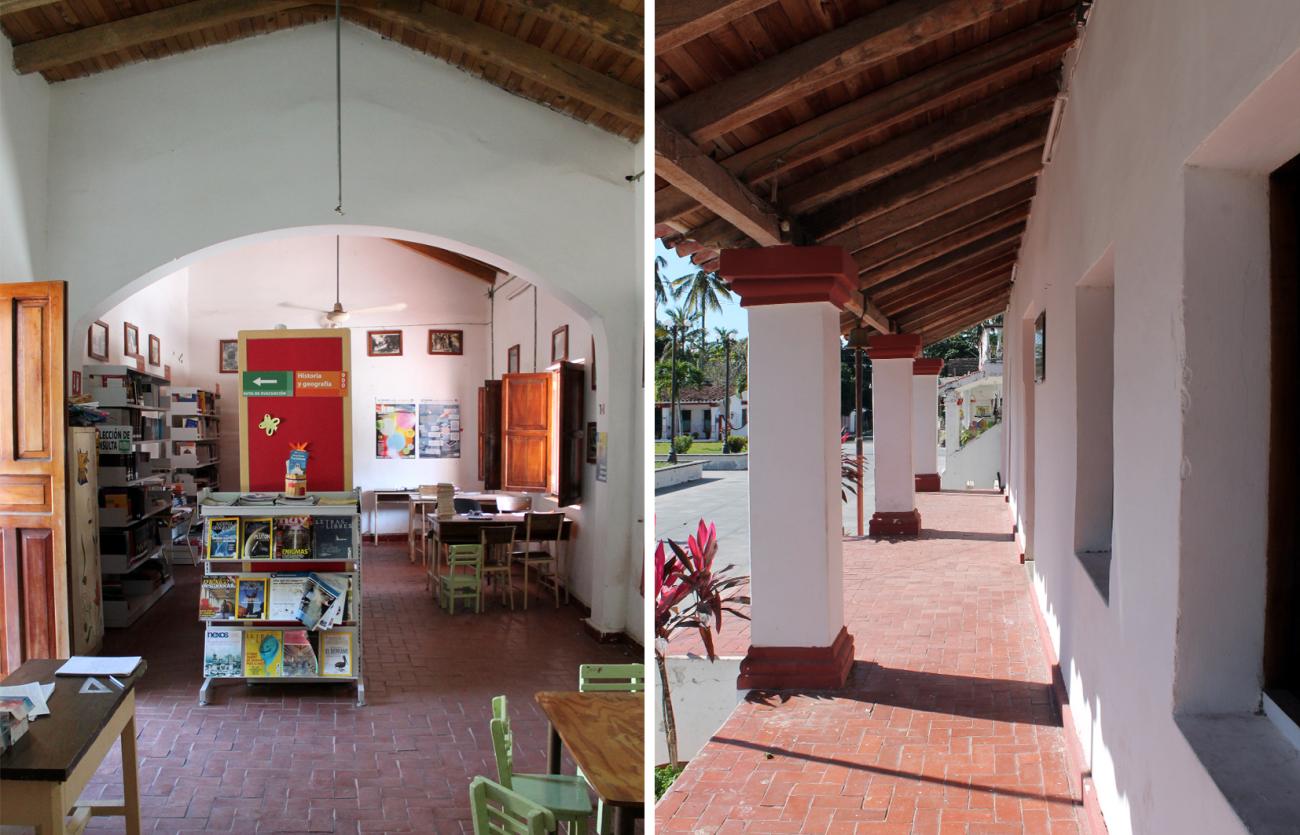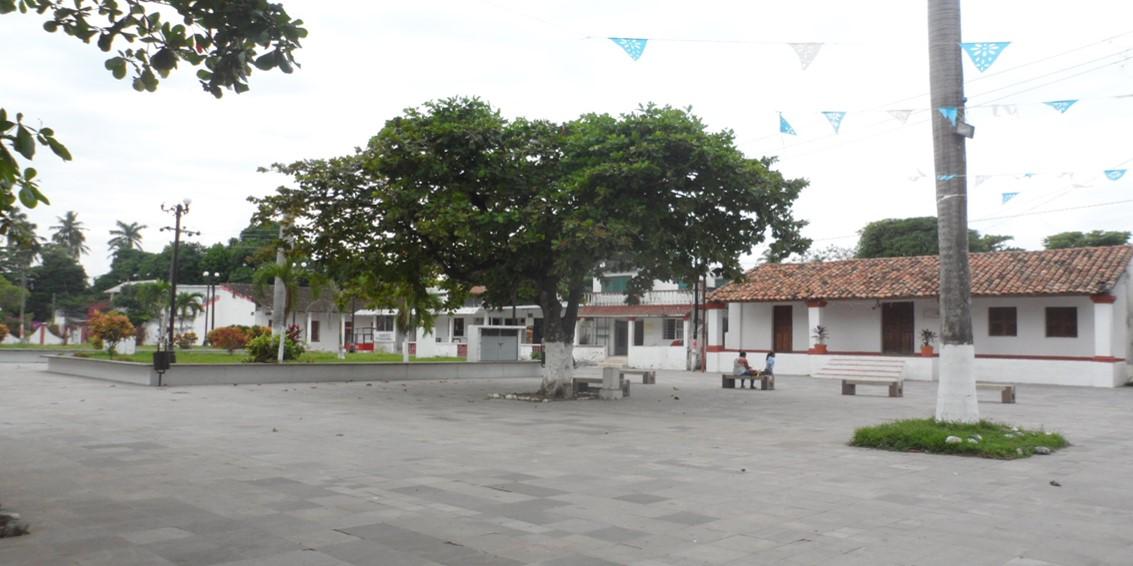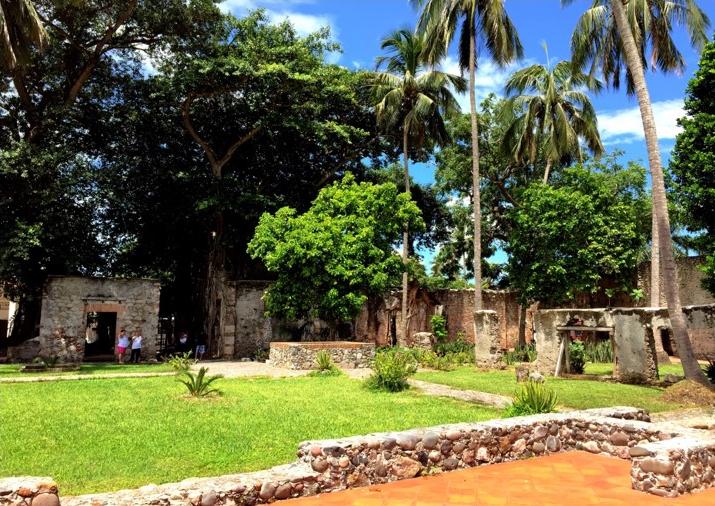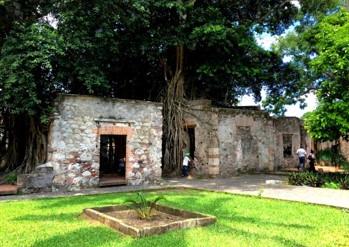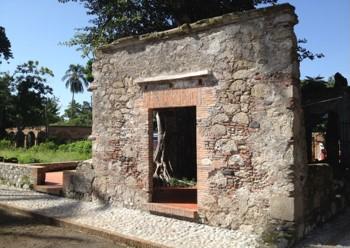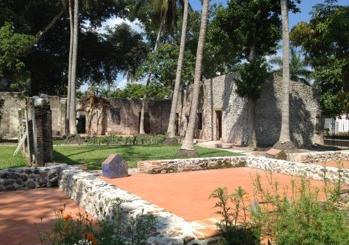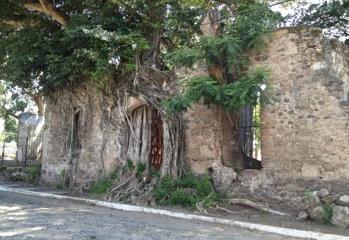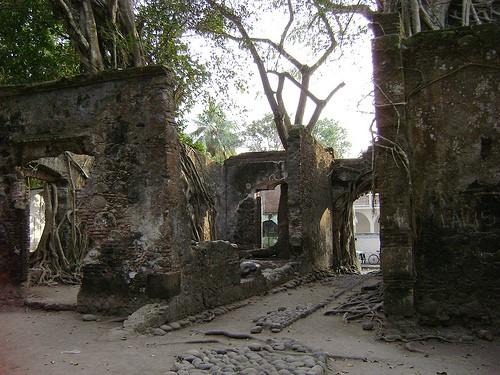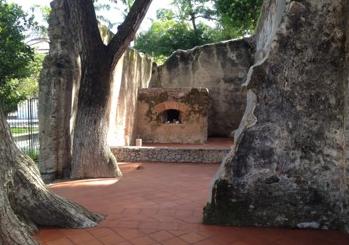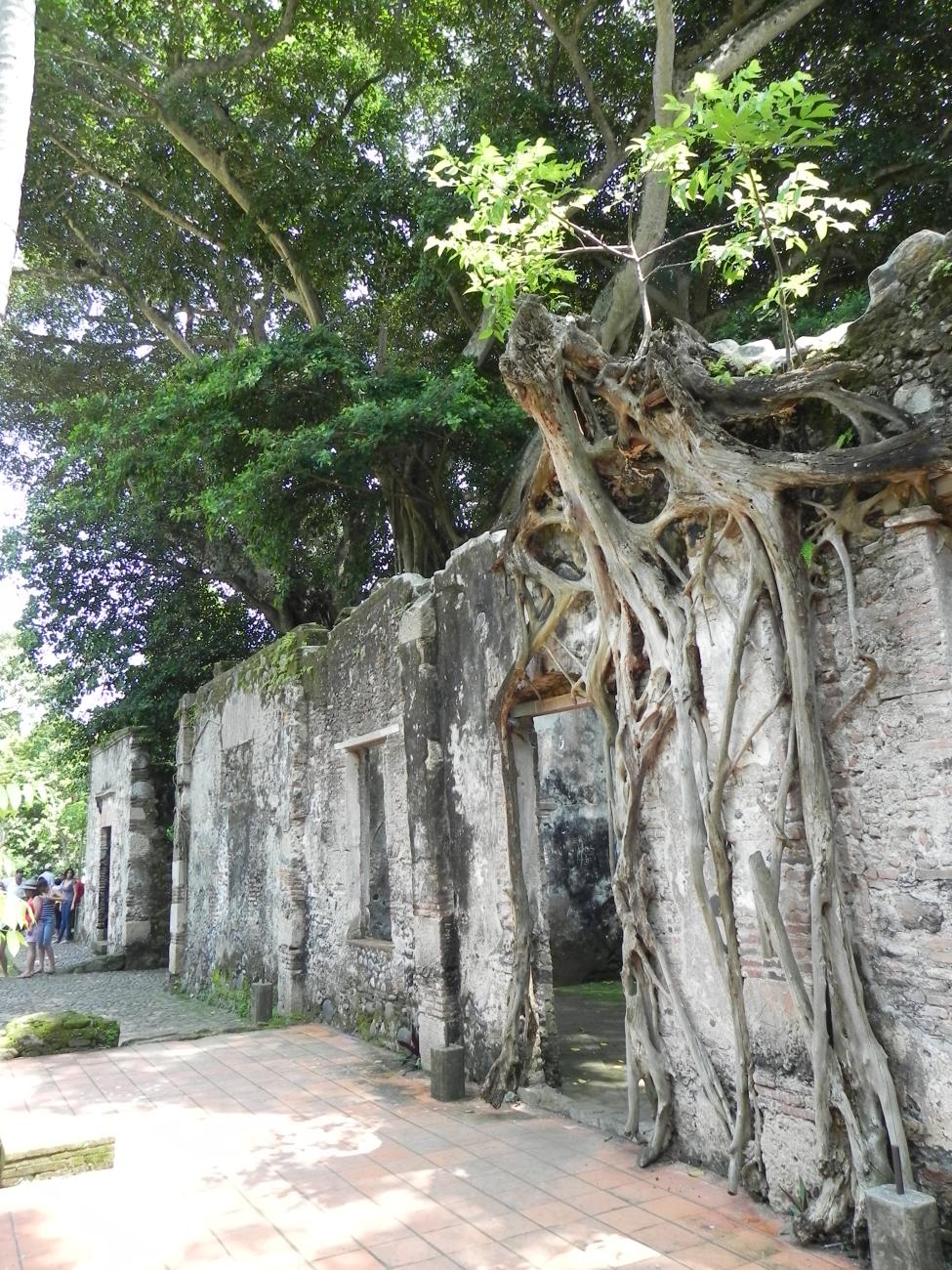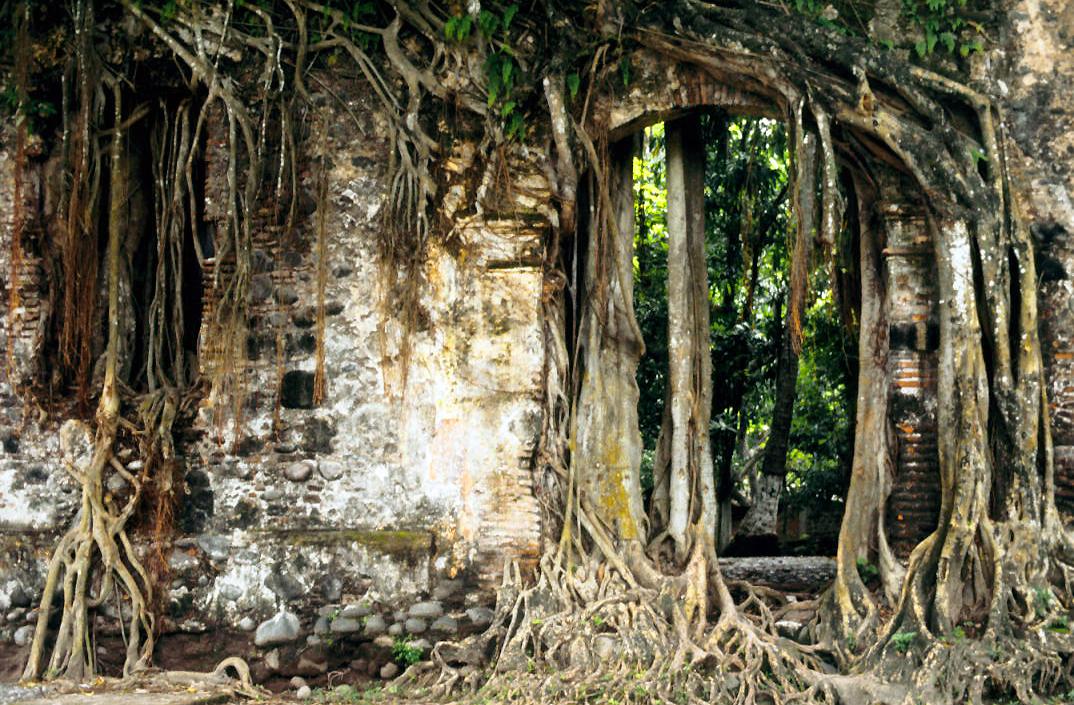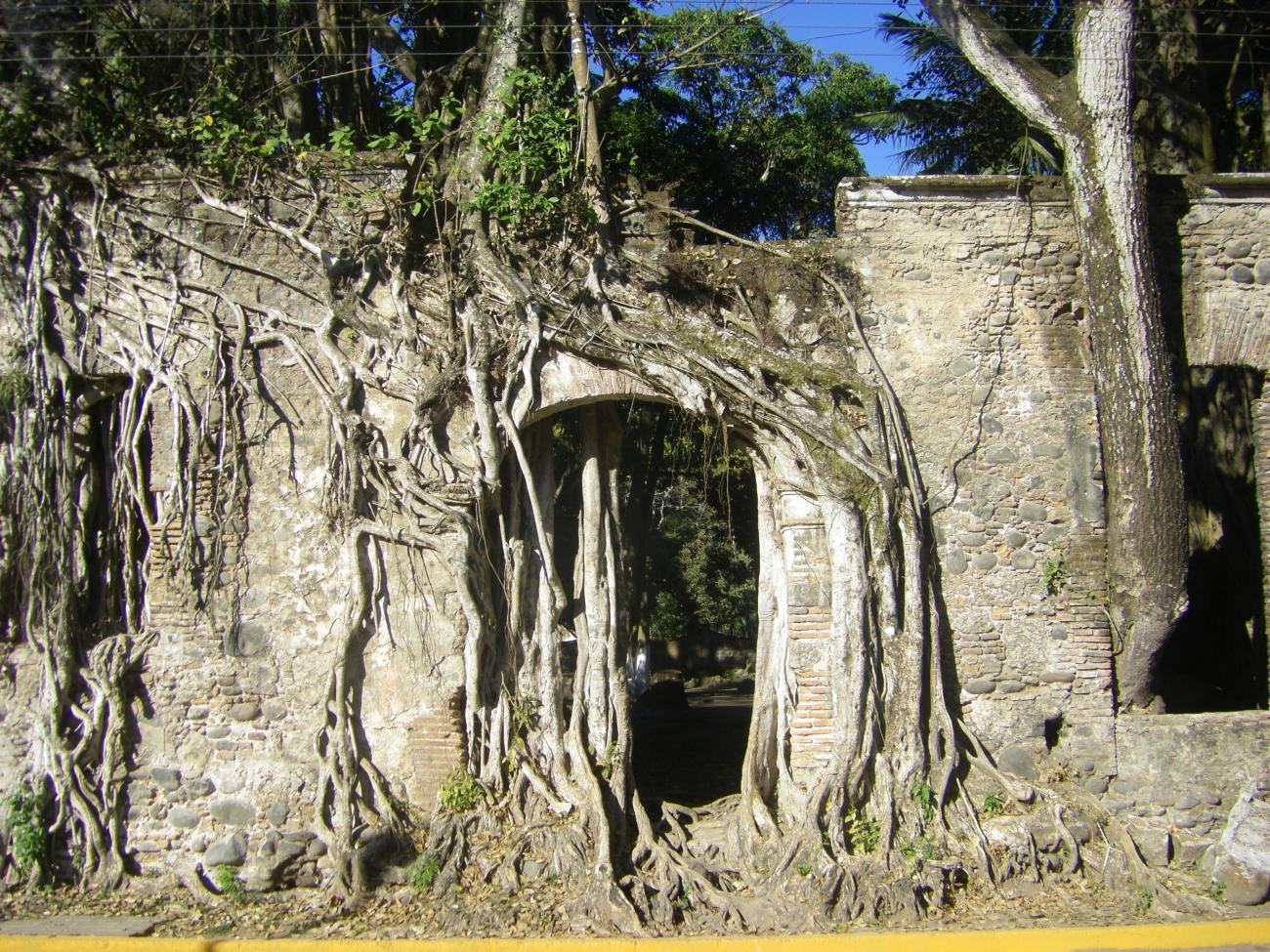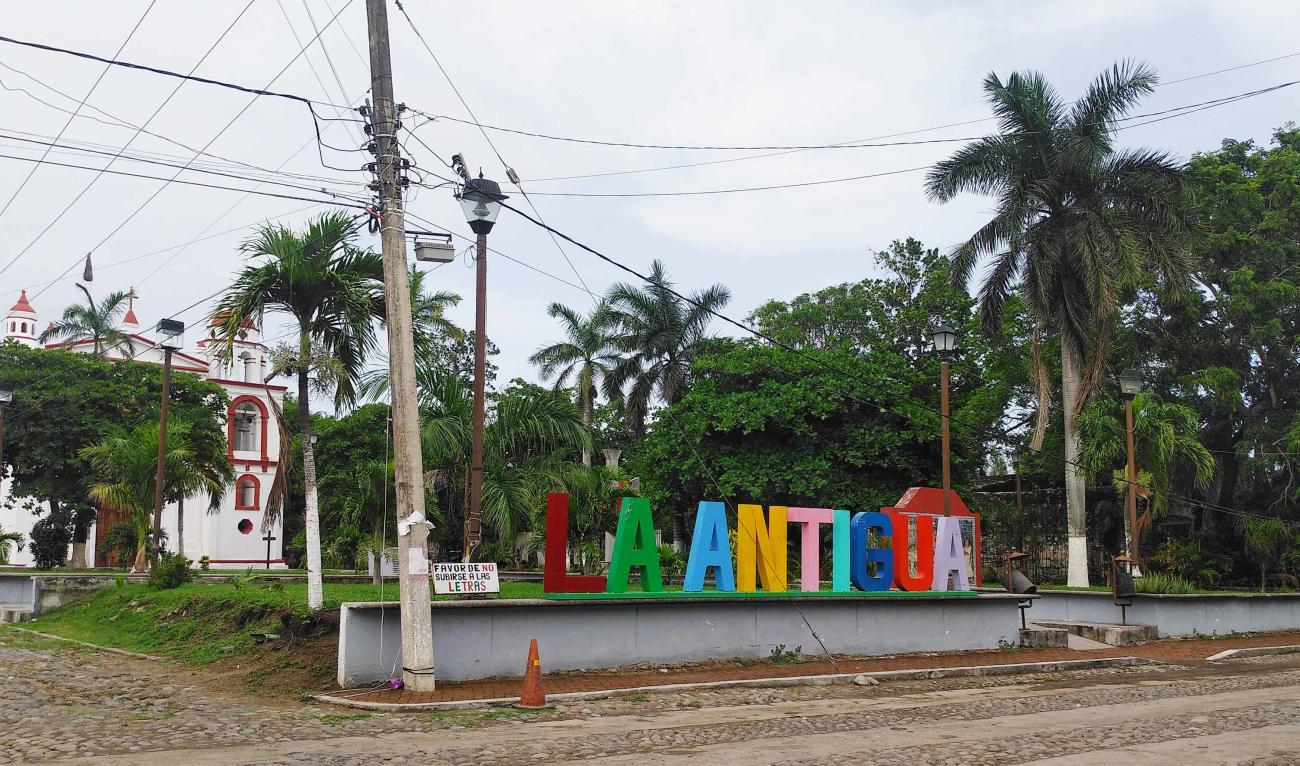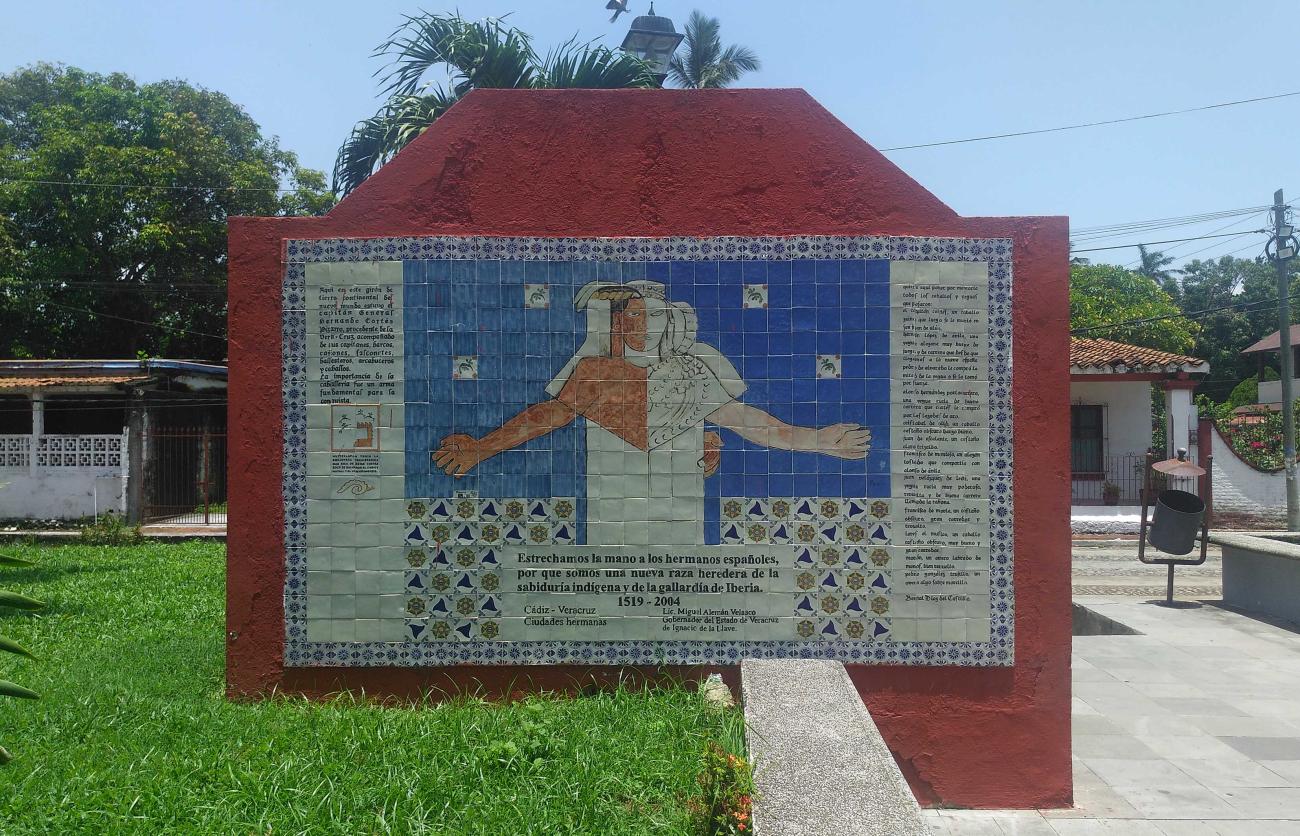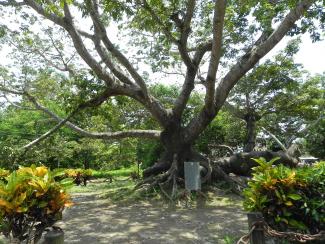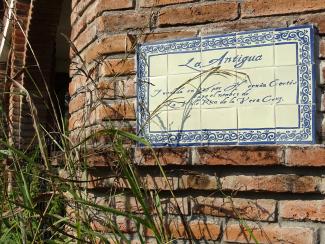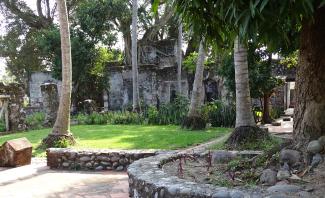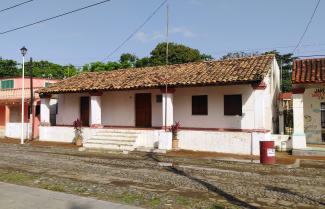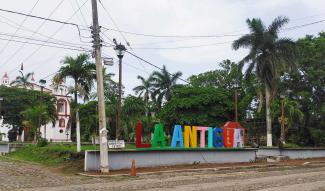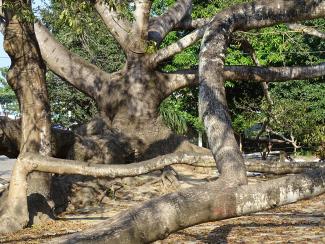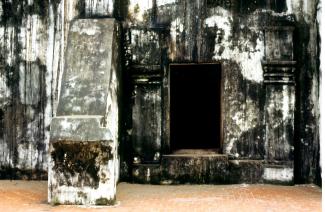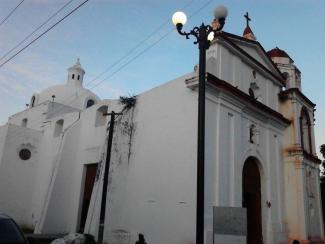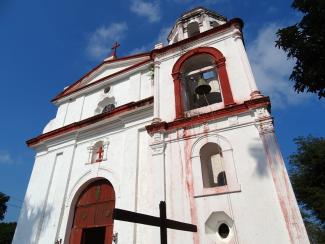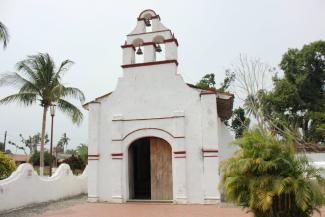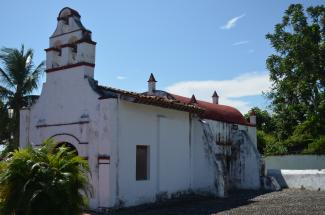La Antigua
Historical Monuments Zone
This locality, situated in the Veracruz municipality of the same name, covers an area of over ten hectares and contains seven historic buildings constructed between the 16th and 19th centuries.
During the pre-Hispanic era, this area was home to an indigenous settlement called Huitzilapan — a shortened form of Huitztizilapan — which in Nahuatl means "river of hummingbirds."
In 1519, with the arrival of the conquistador Hernán Cortés, the first port and town council of the newly formed New Spain were established here. According to historical records, by the late 16th century, the city already had Franciscan and Dominican convents, the Jesuit house, three hospitals, a main church, and the aforementioned Santiago chapel.
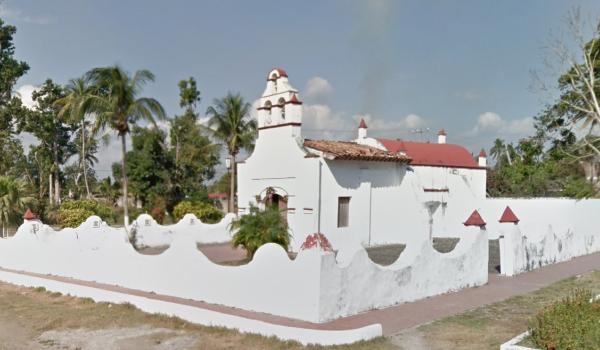
Rosary Chapel
It is the first Catholic chapel on the American continent, built between 1523 and 1524. Originally, the chapel was dedicated to Saint James the Apostle and served as an independent parish with vicars in charge.
Rosary Chapel
It is the first Catholic chapel on the American continent, built between 1523 and 1524. Originally, the chapel was dedicated to Saint James the Apostle and served as an independent parish with vicars in charge. It functioned as the main center of the neighborhood and was visited by a group of Franciscan friars from Mexico City.
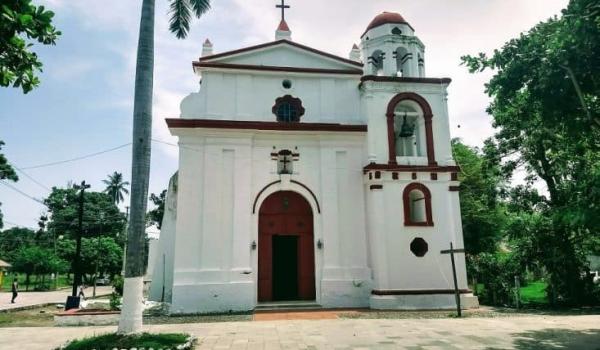
Parish of the Holy Christ of the Good Journey
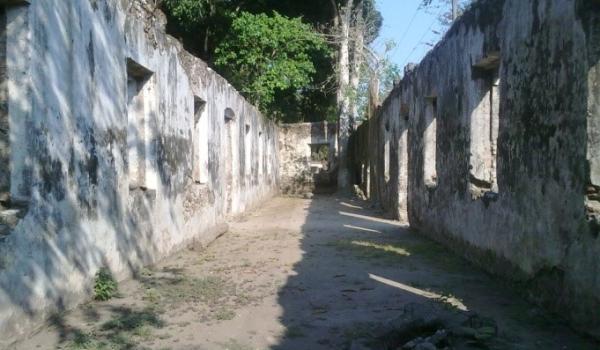
Old Stables of Santa Anna
This site was known to be where the conquistadors kept their horses. In 1804, Antonio López de Santa Anna, father of the future president of the same name, ordered its conversion into a military barracks.
Old Stables of Santa Anna
This site was known to be where the conquistadors kept their horses. In 1804, Antonio López de Santa Anna, father of the future president of the same name, ordered its conversion into a military barracks. It was built based on a design by Manuel Mascaró and assigned to the detachment of the Provincial Cavalry Corps of Lancers from the city of La Antigua.
The building originally featured a front portico formed by columns and arches, rooms for the troops, quarters for the commander and his escort, stables, a corral, storage rooms, a kitchen, and a holding area for prisoners.
During the War of Independence, it was used as stables and an armory by the army led by General Guadalupe Victoria.
The structure has lost much of its original appearance due to environmental damage and vandalism; only the walls remain standing today.
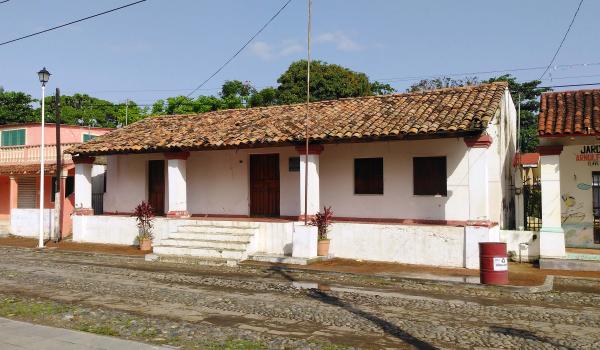
"Matías Ibarra Martínez" Library, Former City Hall
Known as one of the earliest city halls established in the Americas following Hernán Cortés’s arrival, this building dates back to the 16th century based on its architectural features. Over time, it was used for commercial purposes and as a warehouse.
"Matías Ibarra Martínez" Library, Former City Hall
Known as one of the earliest city halls established in the Americas following Hernán Cortés’s arrival, this building dates back to the 16th century based on its architectural features. Over time, it was used for commercial purposes and as a warehouse. In the 19th century, it served as the residence of the municipal authorities and included a jail cell at the rear. In June 2016, the building was restored and transformed into the Municipal Library.
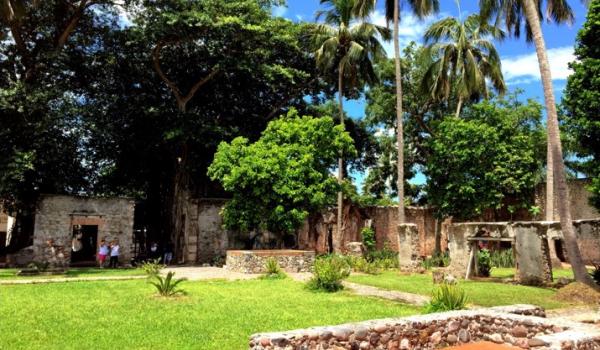
Casa de Cortés
This building is an example of Sevillian-style architecture and features a traditional water wheel (noria) that supplied water to the house. Most of the rooms surrounding the central courtyard have been preserved.
Casa de Cortés
This building is an example of Sevillian-style architecture and features a traditional water wheel (noria) that supplied water to the house. Most of the rooms surrounding the central courtyard have been preserved. The walls combine bricks with coral stones, the floors are made of clay, and inside the building you can find an old bread oven and a cannon that was discovered near the banks of the Huitzilapan River.
In the 19th century, a hurricane covered part of the house with soil. Over time, birds planted seeds of fig trees (amates) on the roof, which grew into trees whose roots remain visible, creating a unique natural feature on the building.
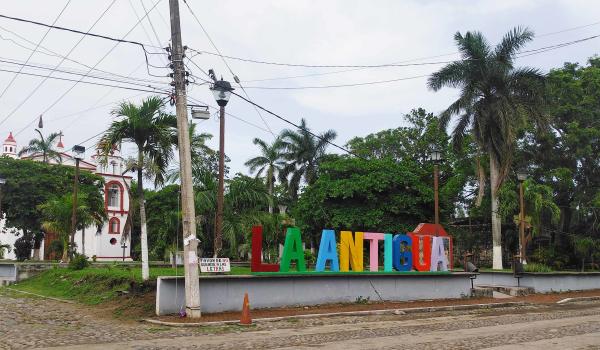
Plaza de Armas
One of the first steps in establishing the settlement was the layout of a central plaza and a church as focal points, accompanied by a series of public buildings to house institutions and provide essential services.
Plaza de Armas
One of the first steps in establishing the settlement was the layout of a central plaza and a church as focal points, accompanied by a series of public buildings to house institutions and provide essential services.

